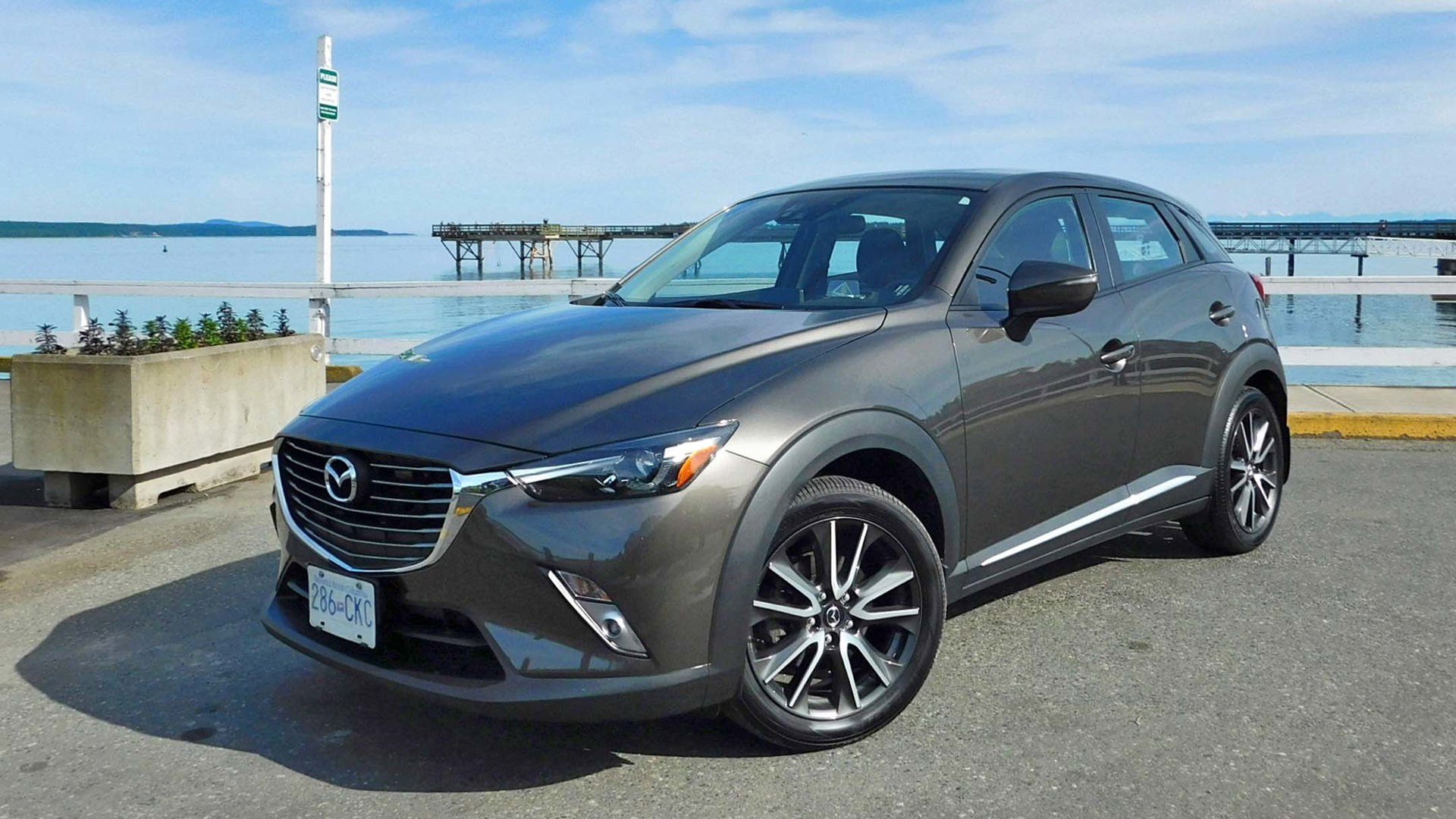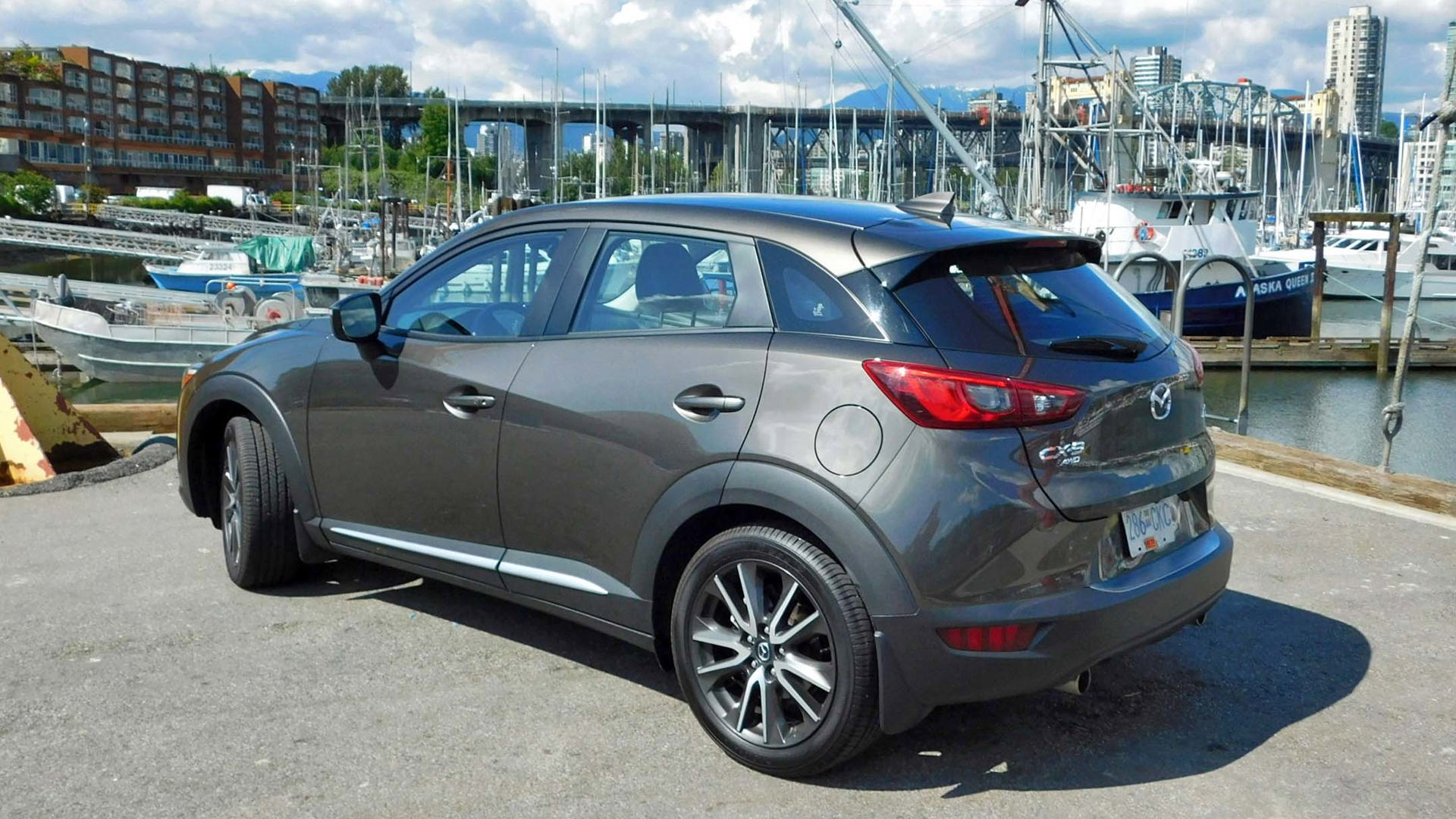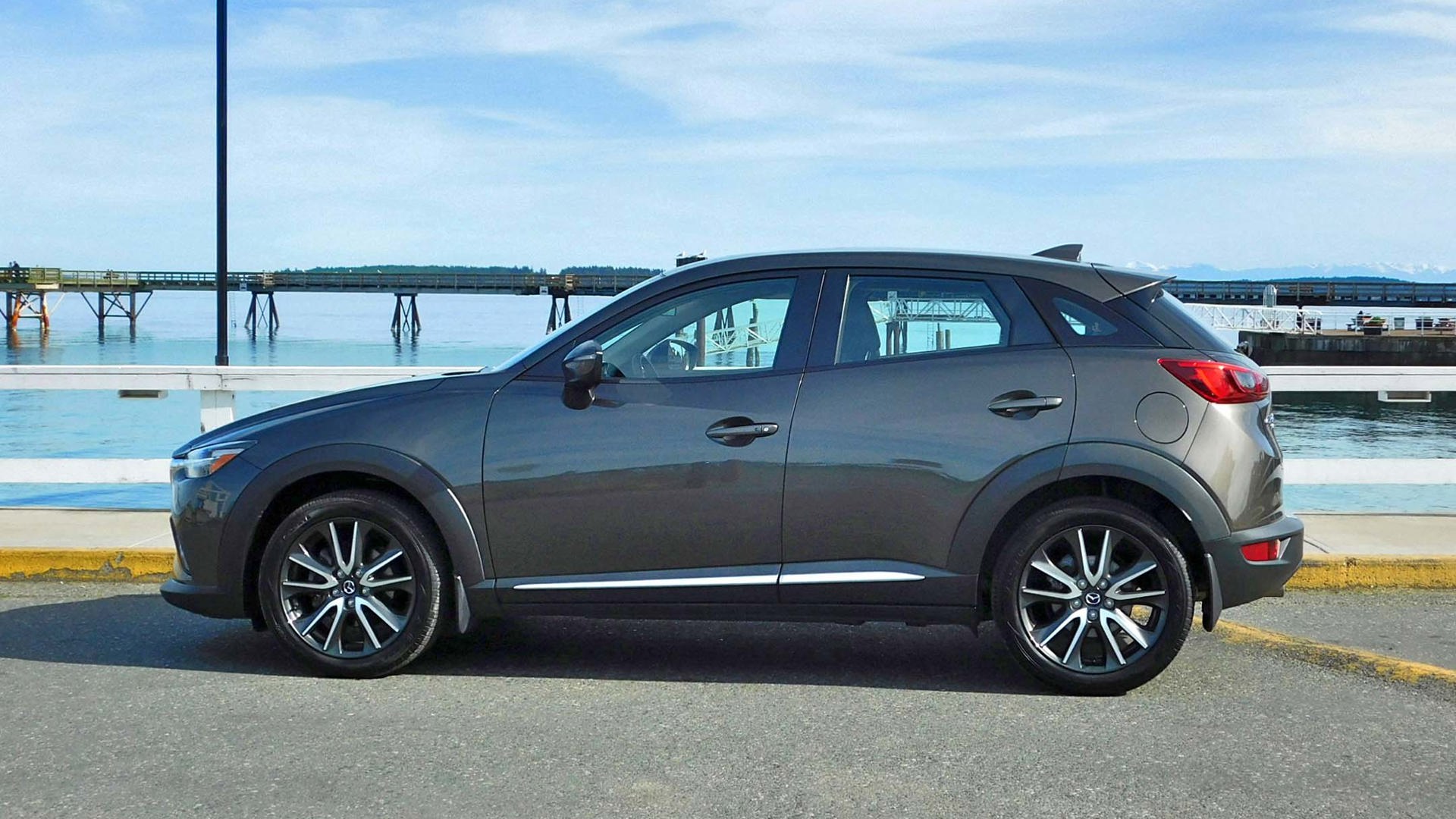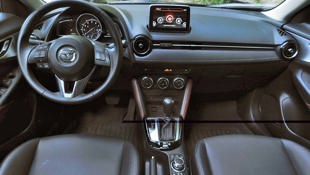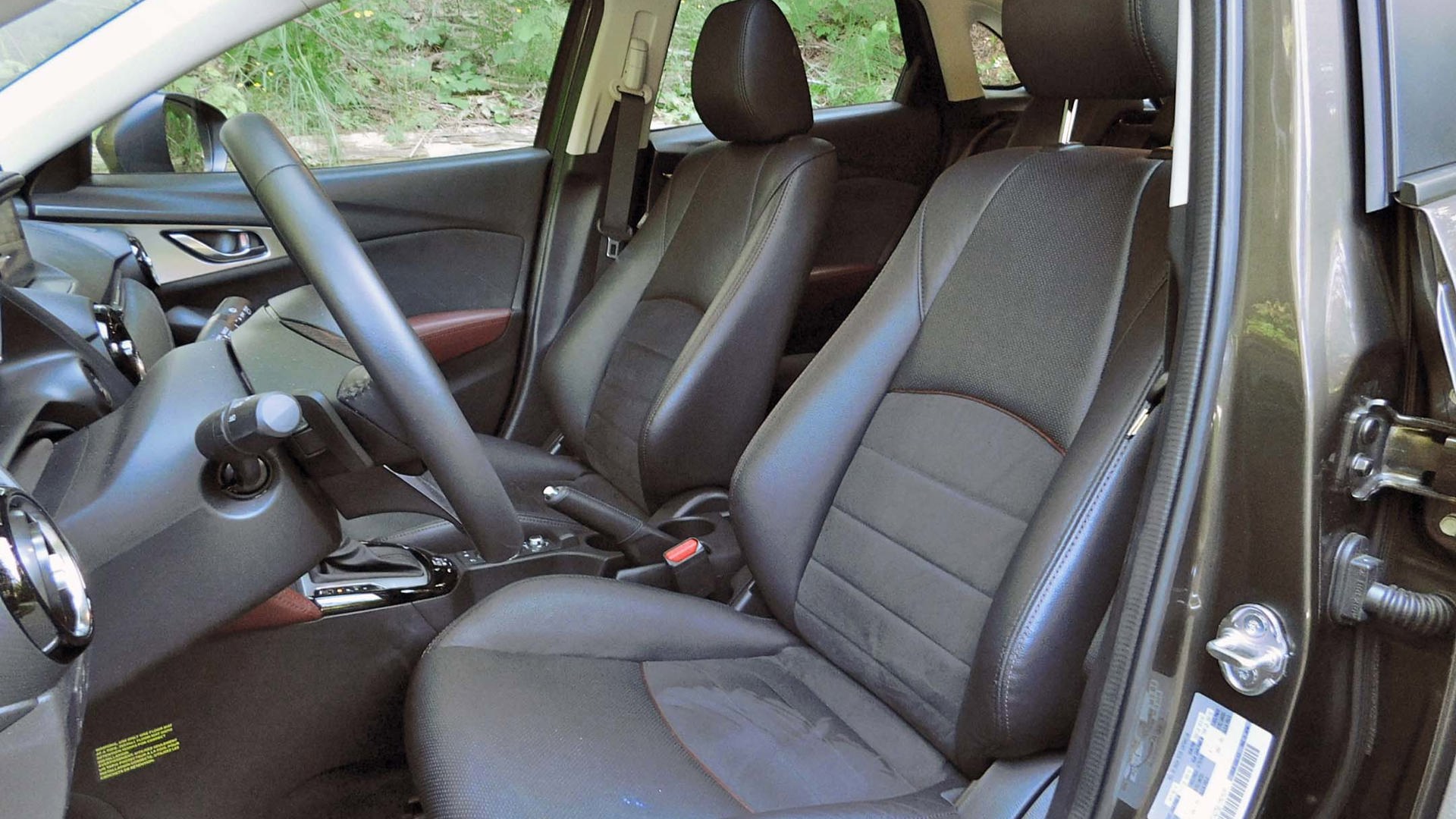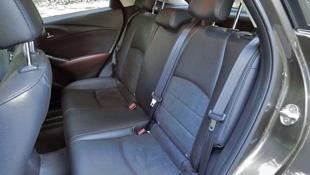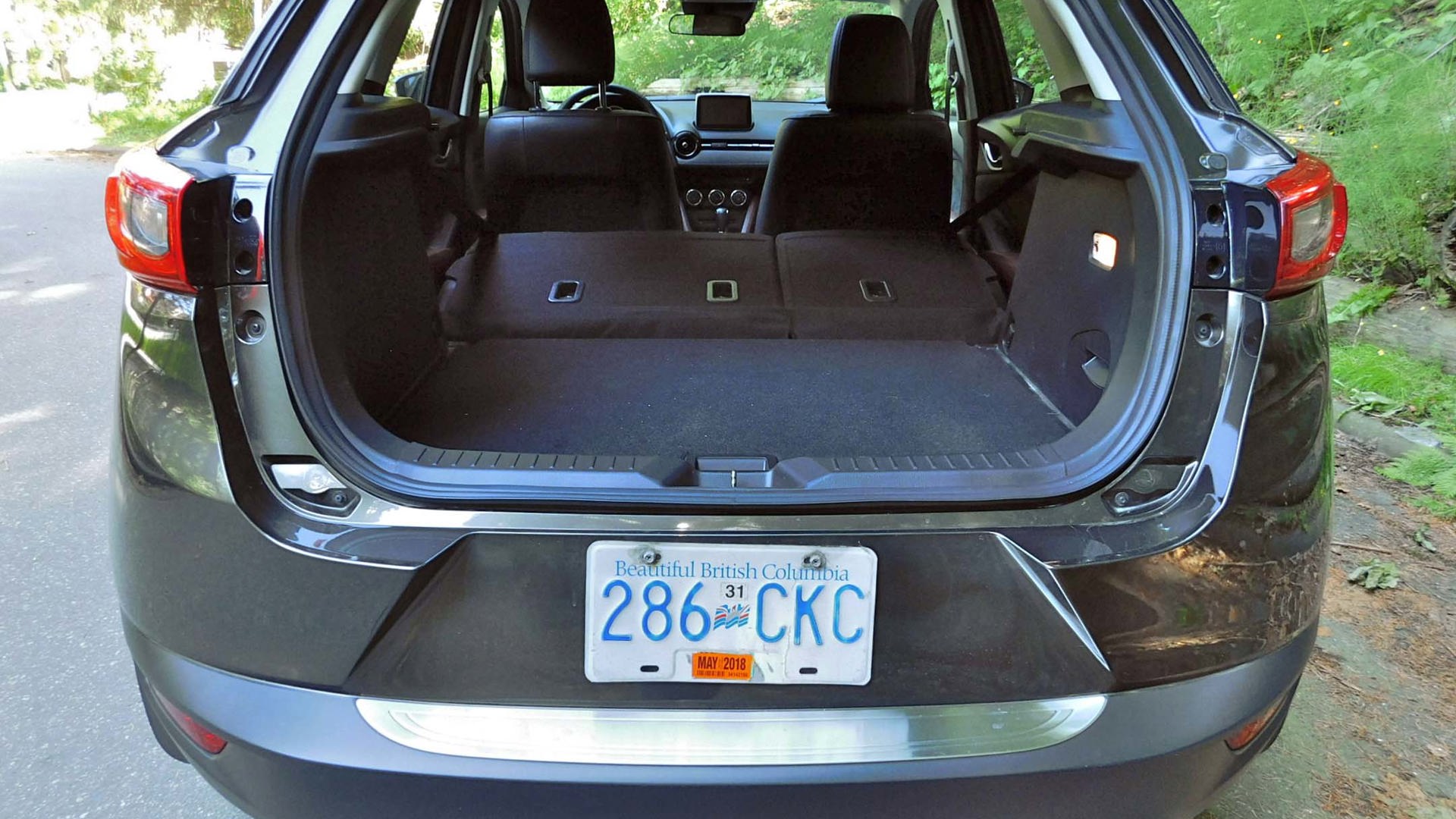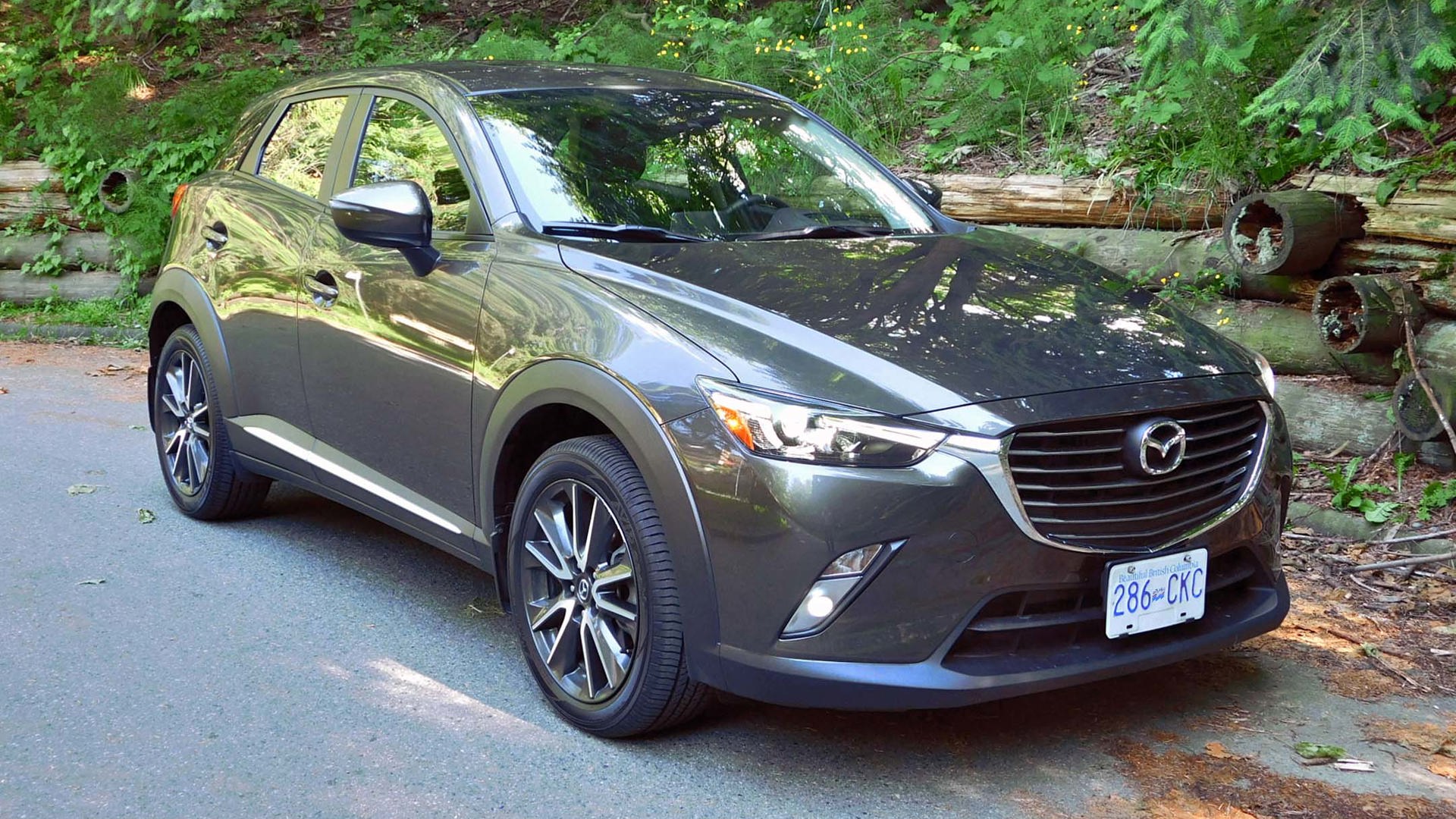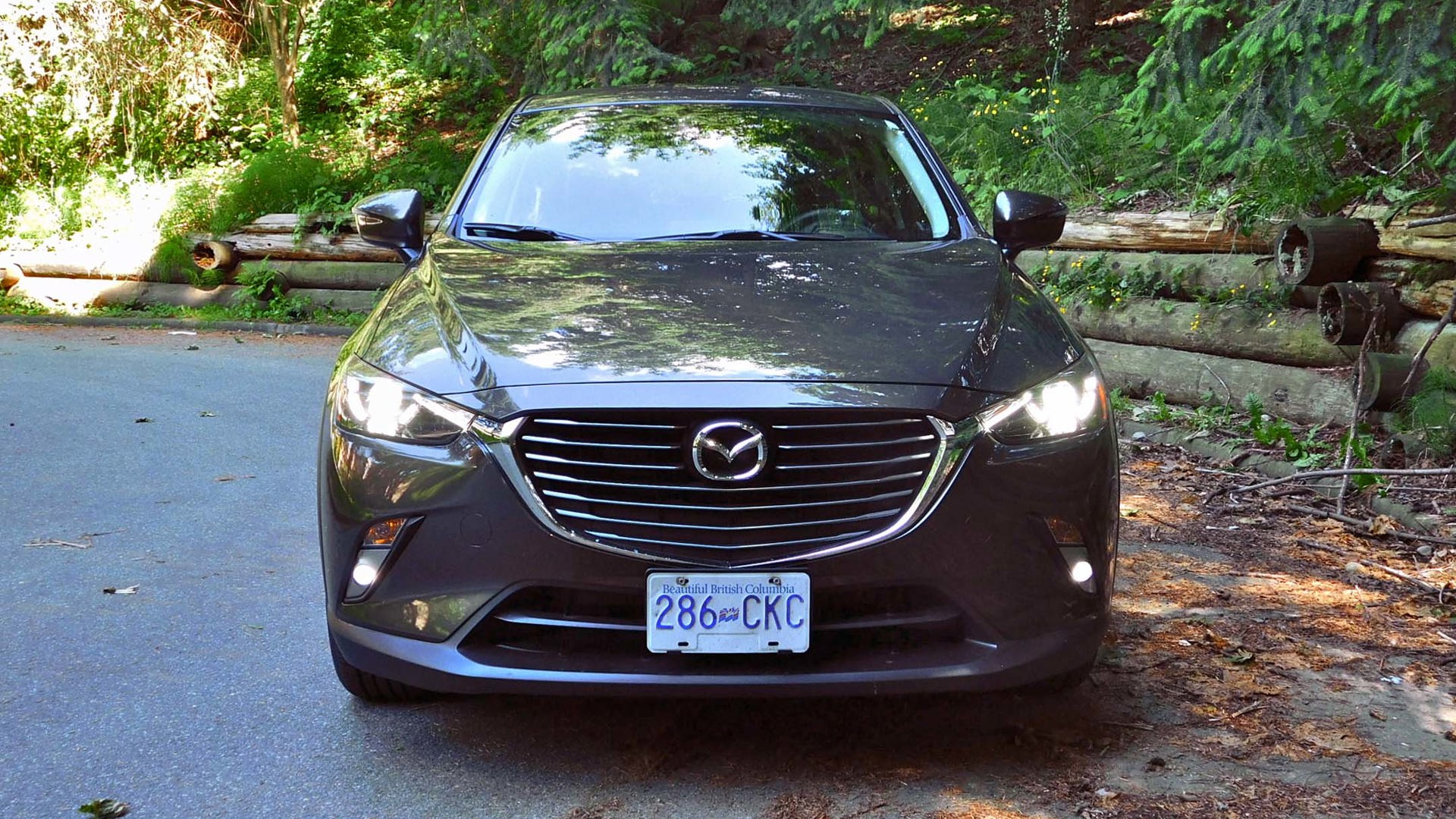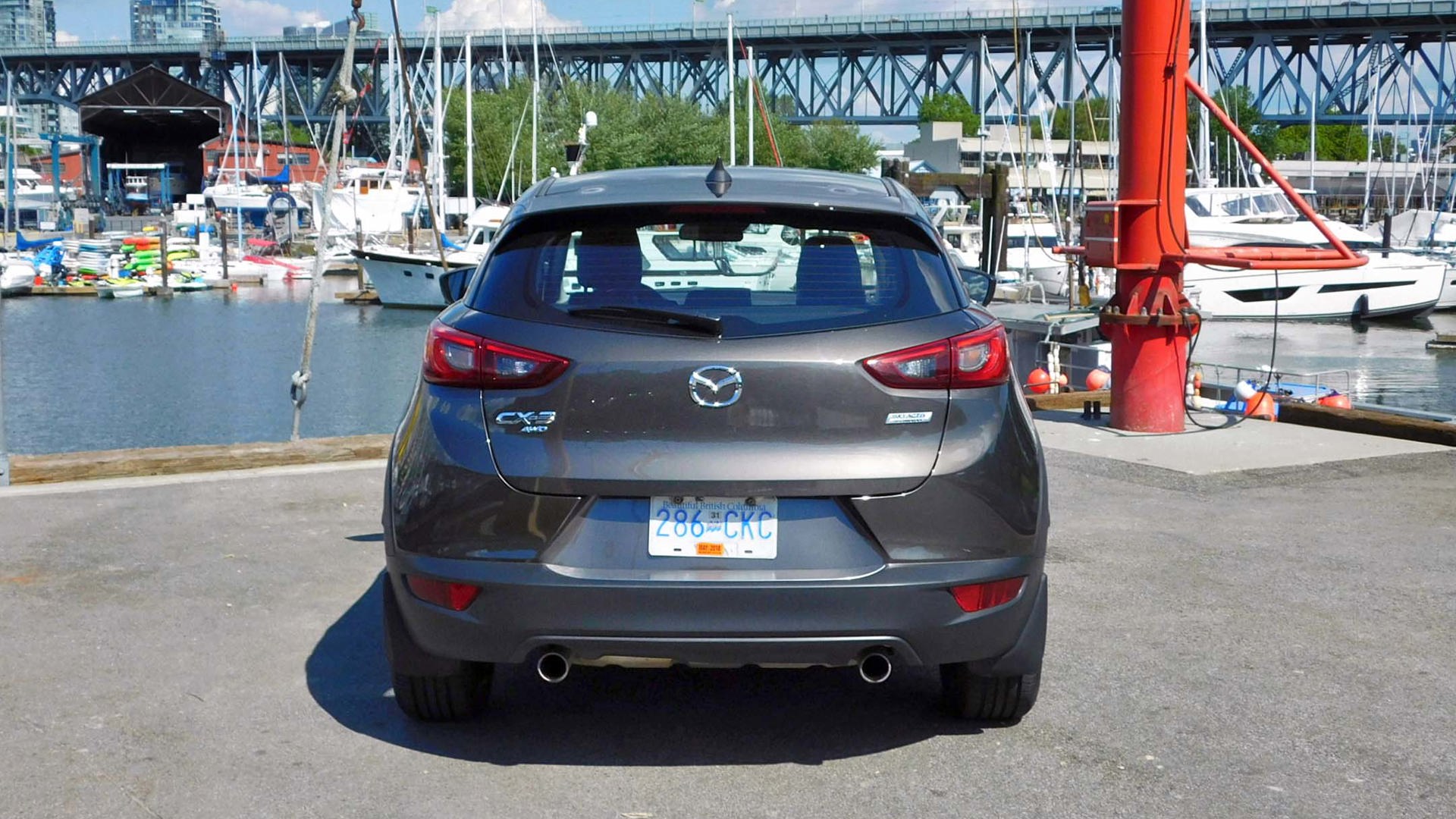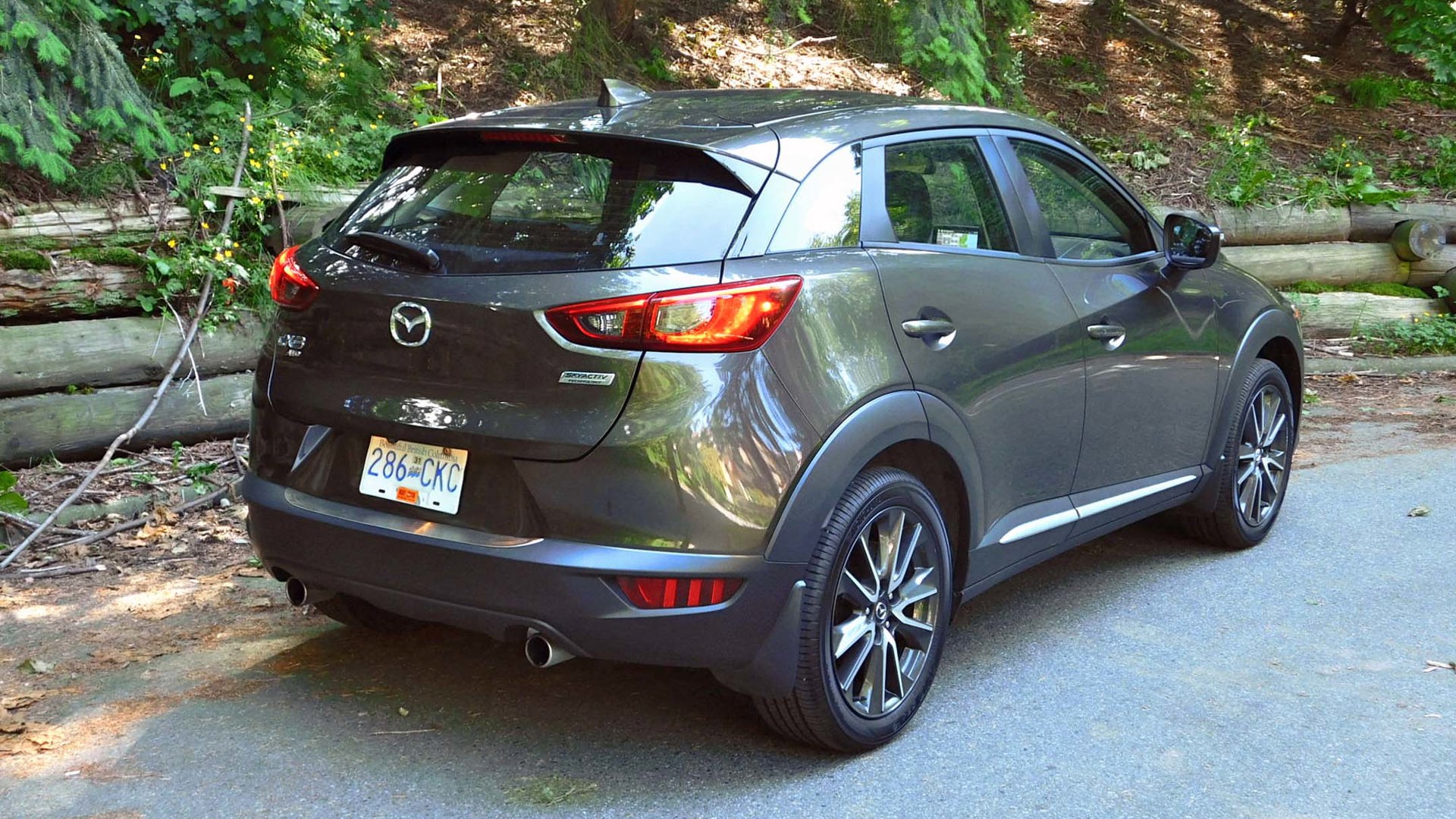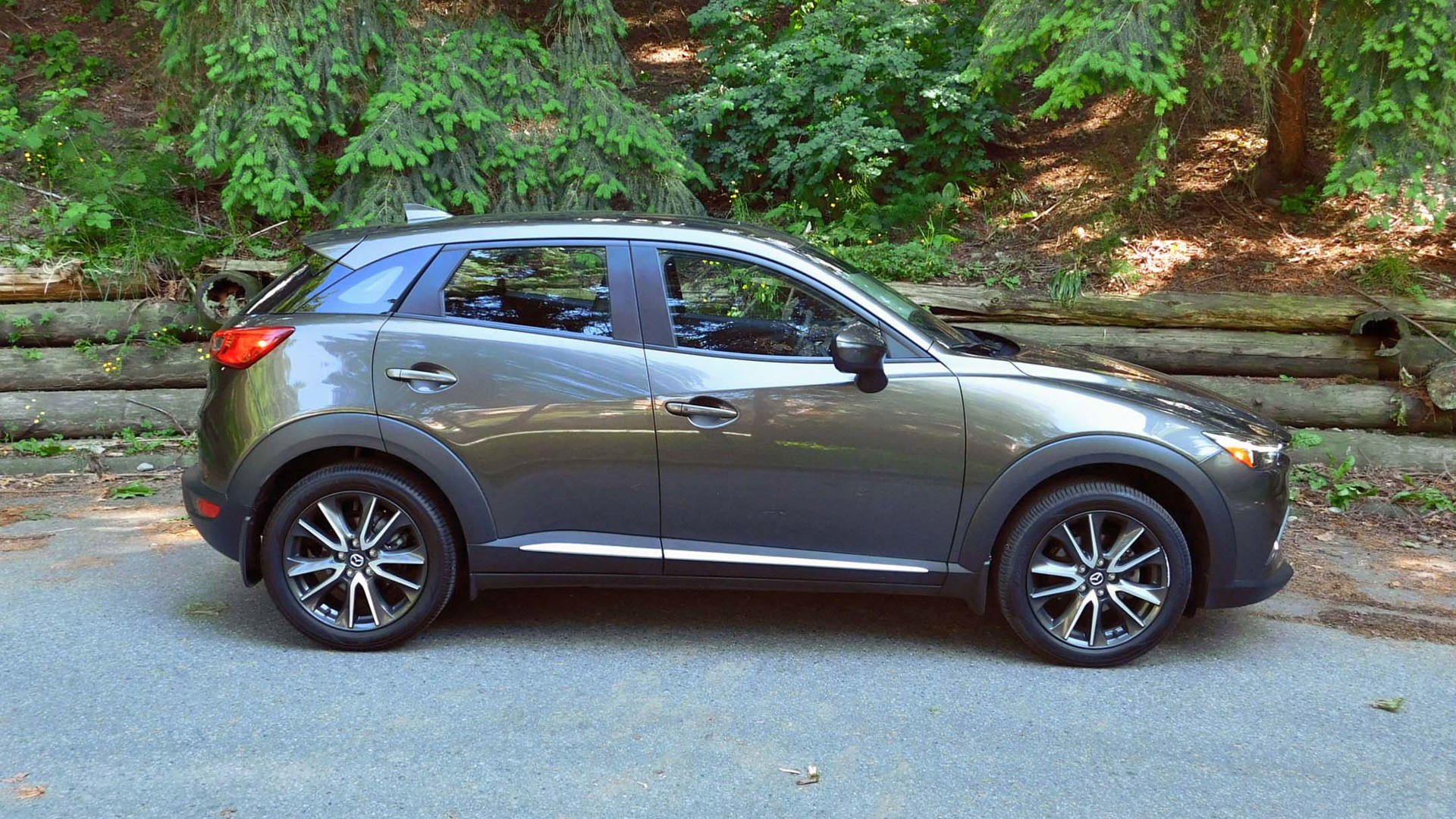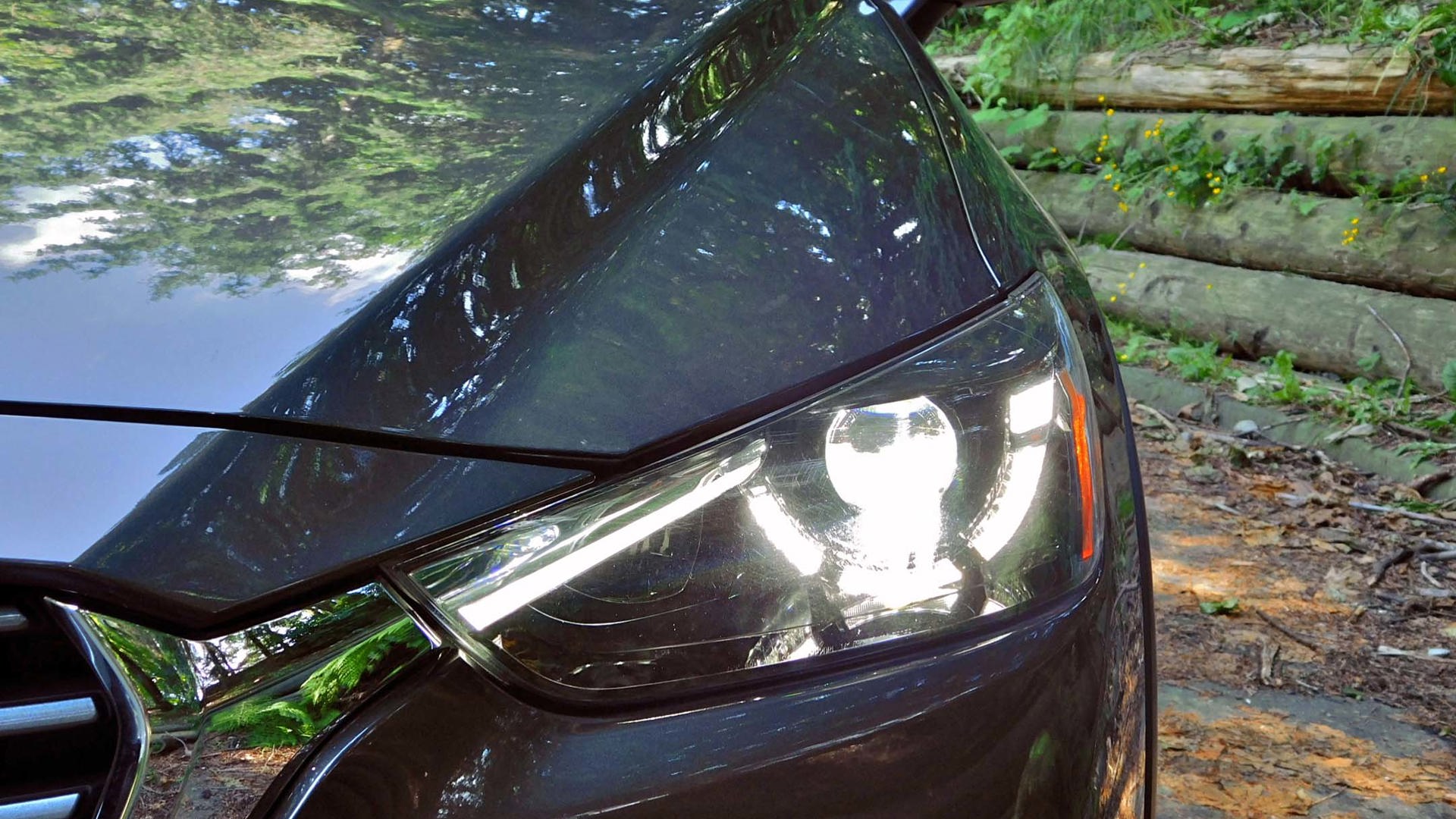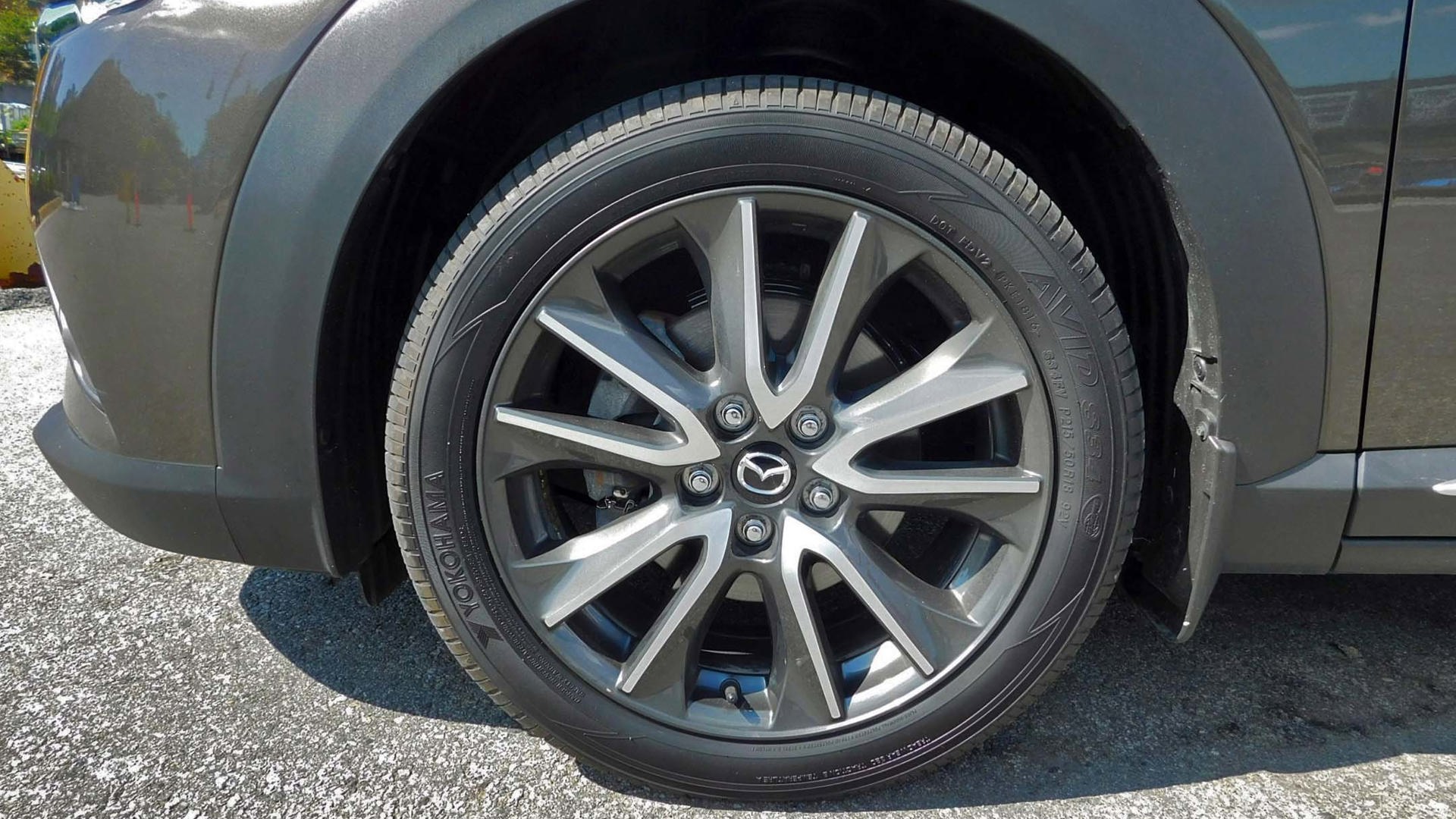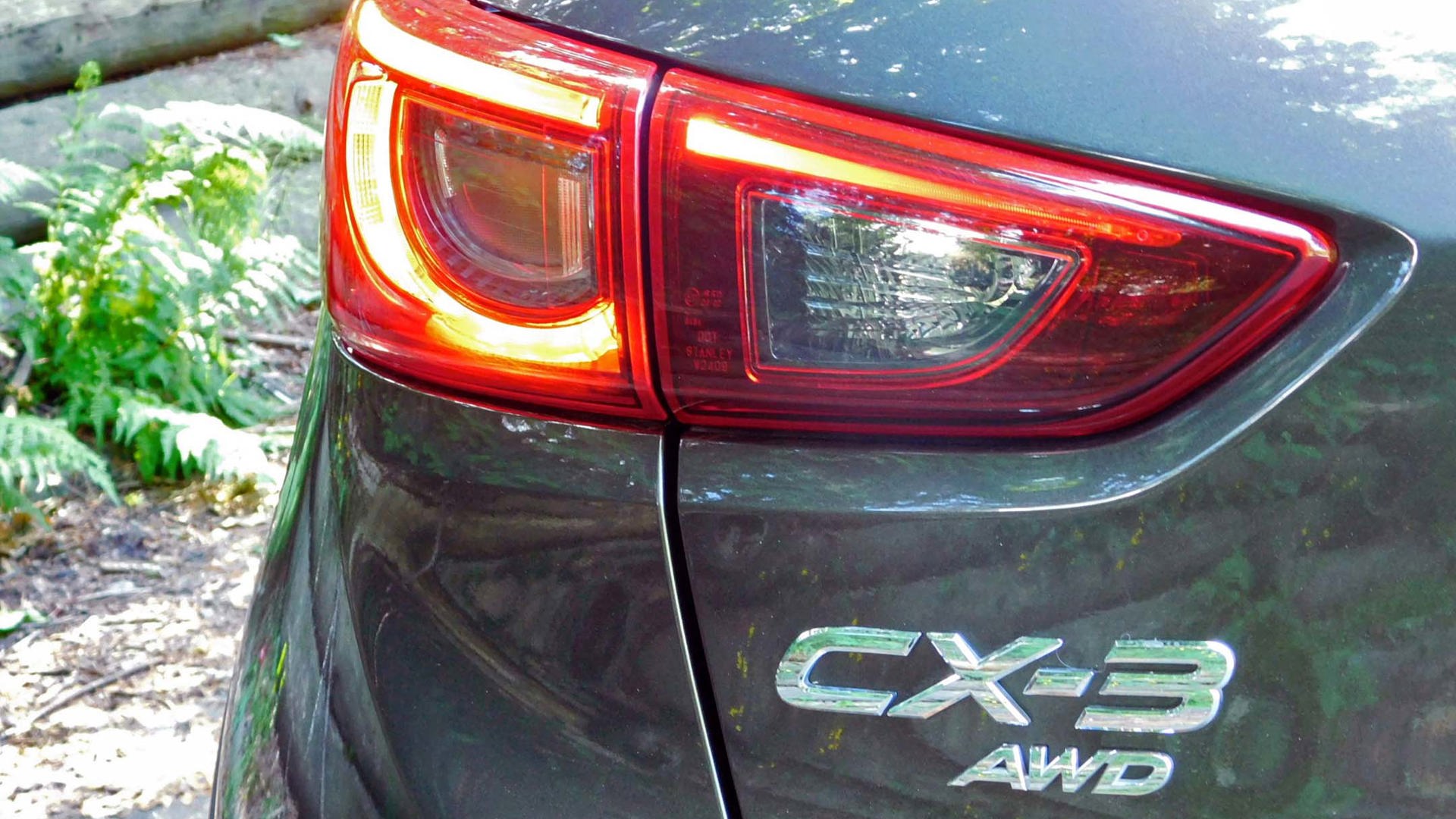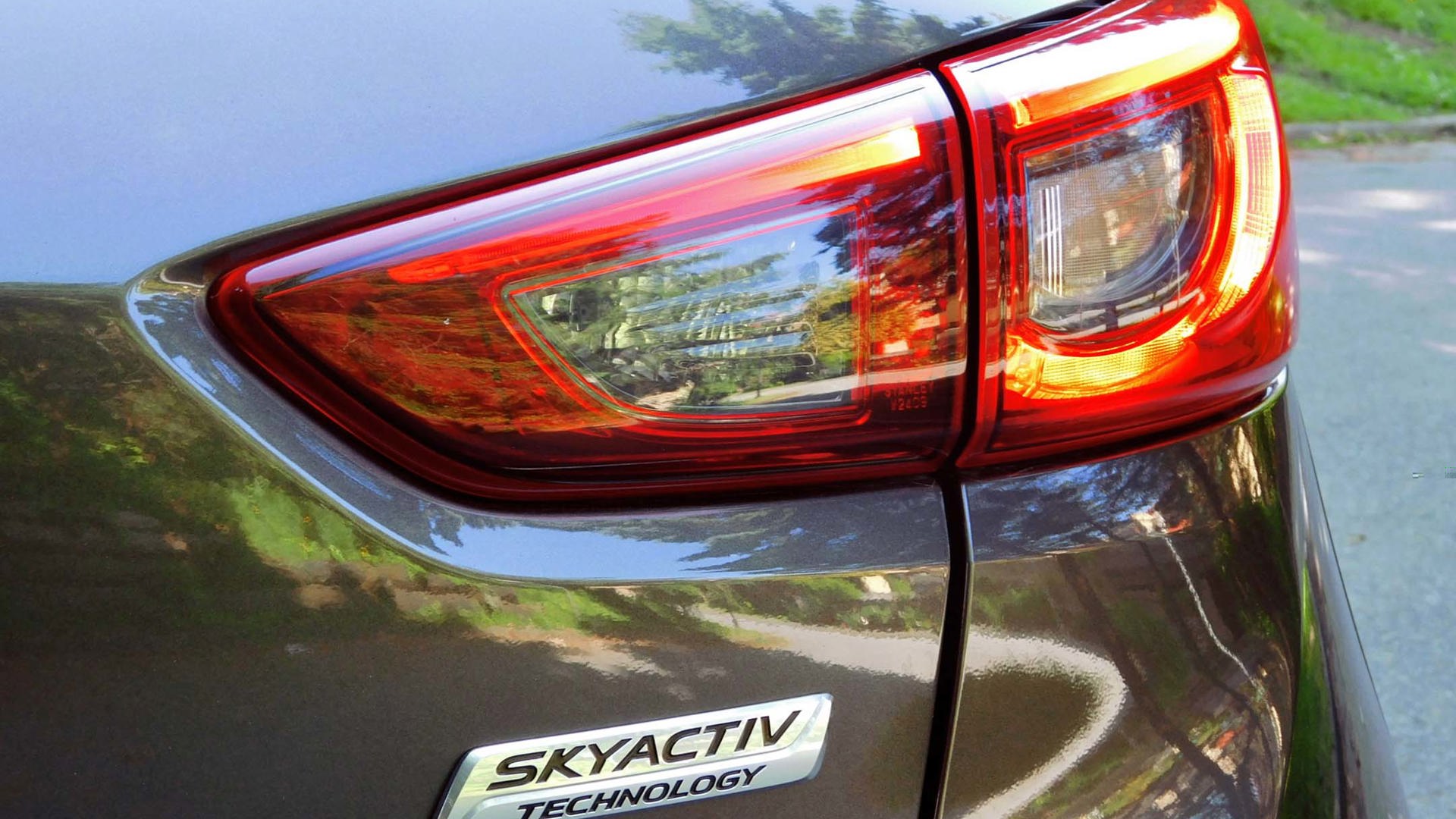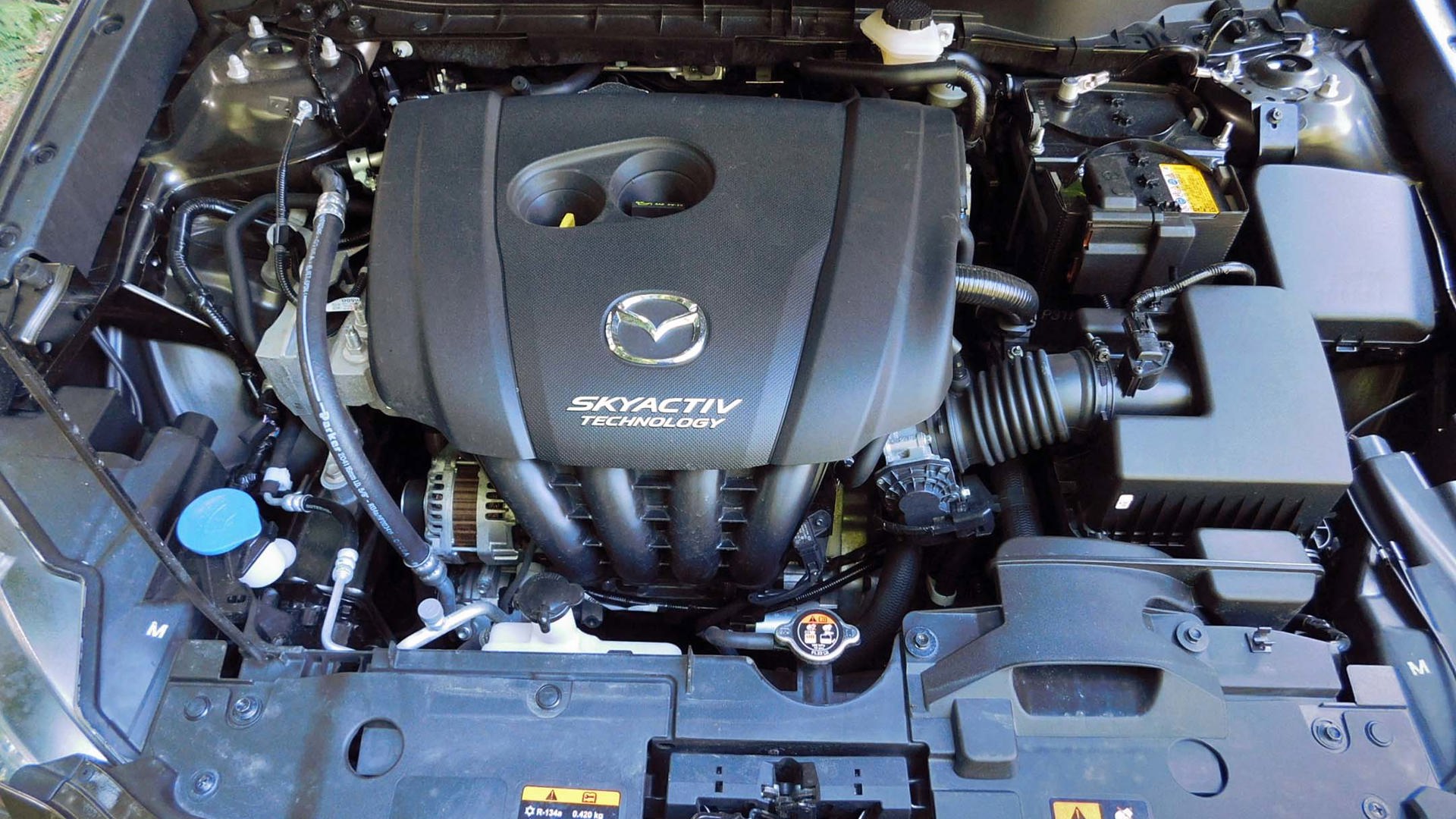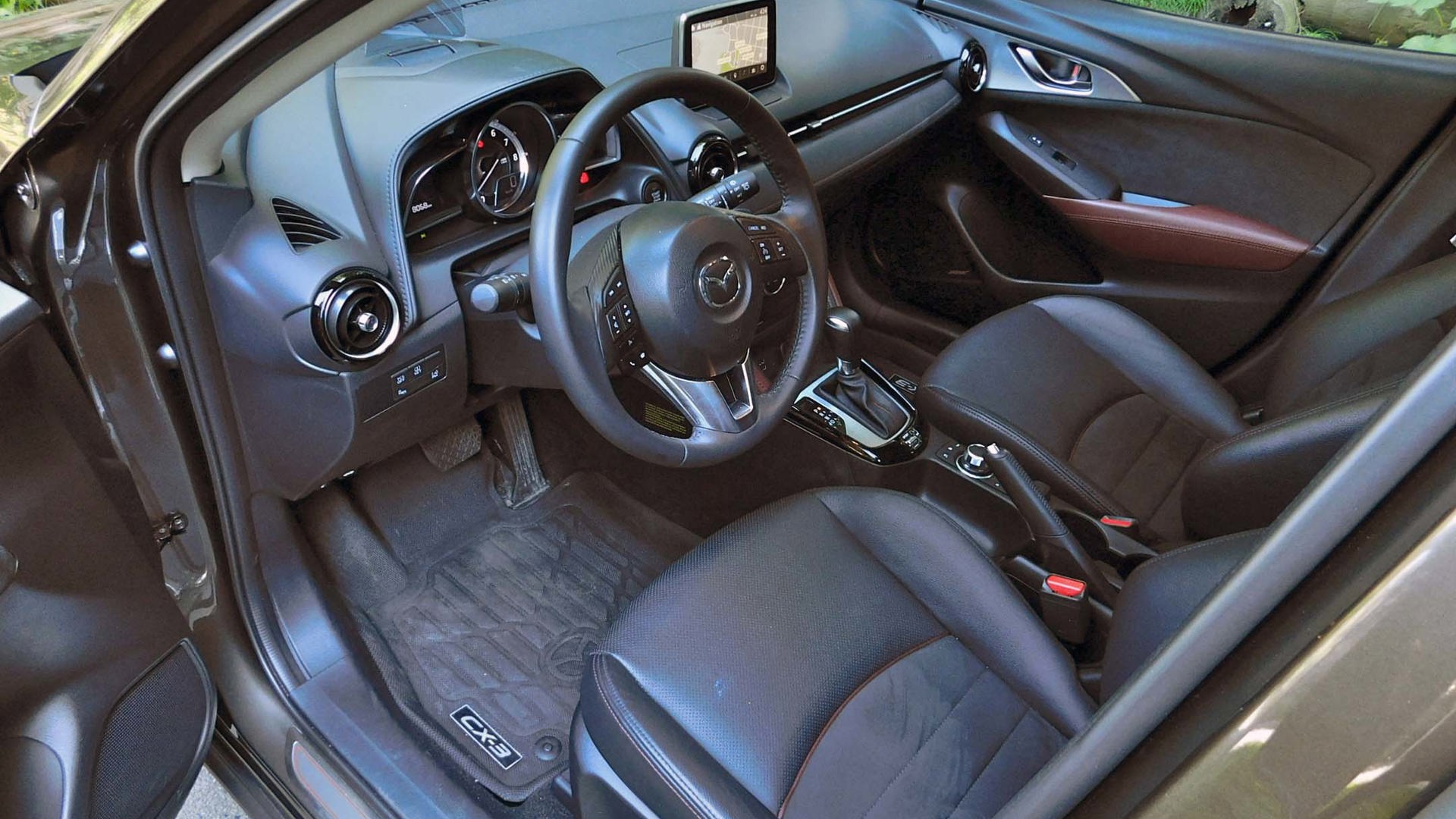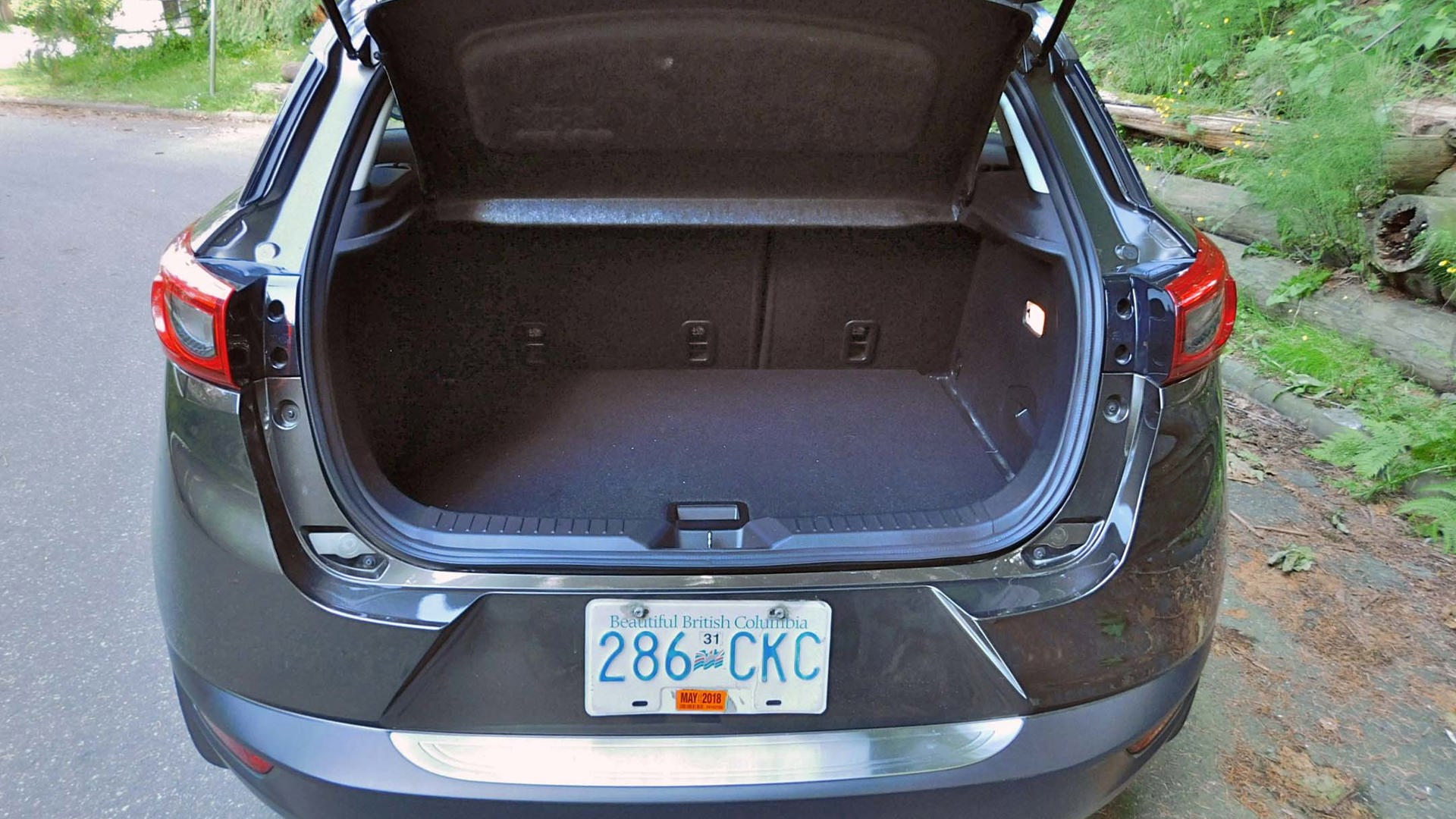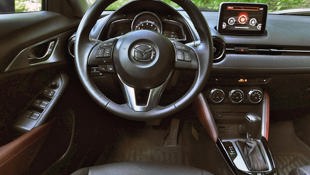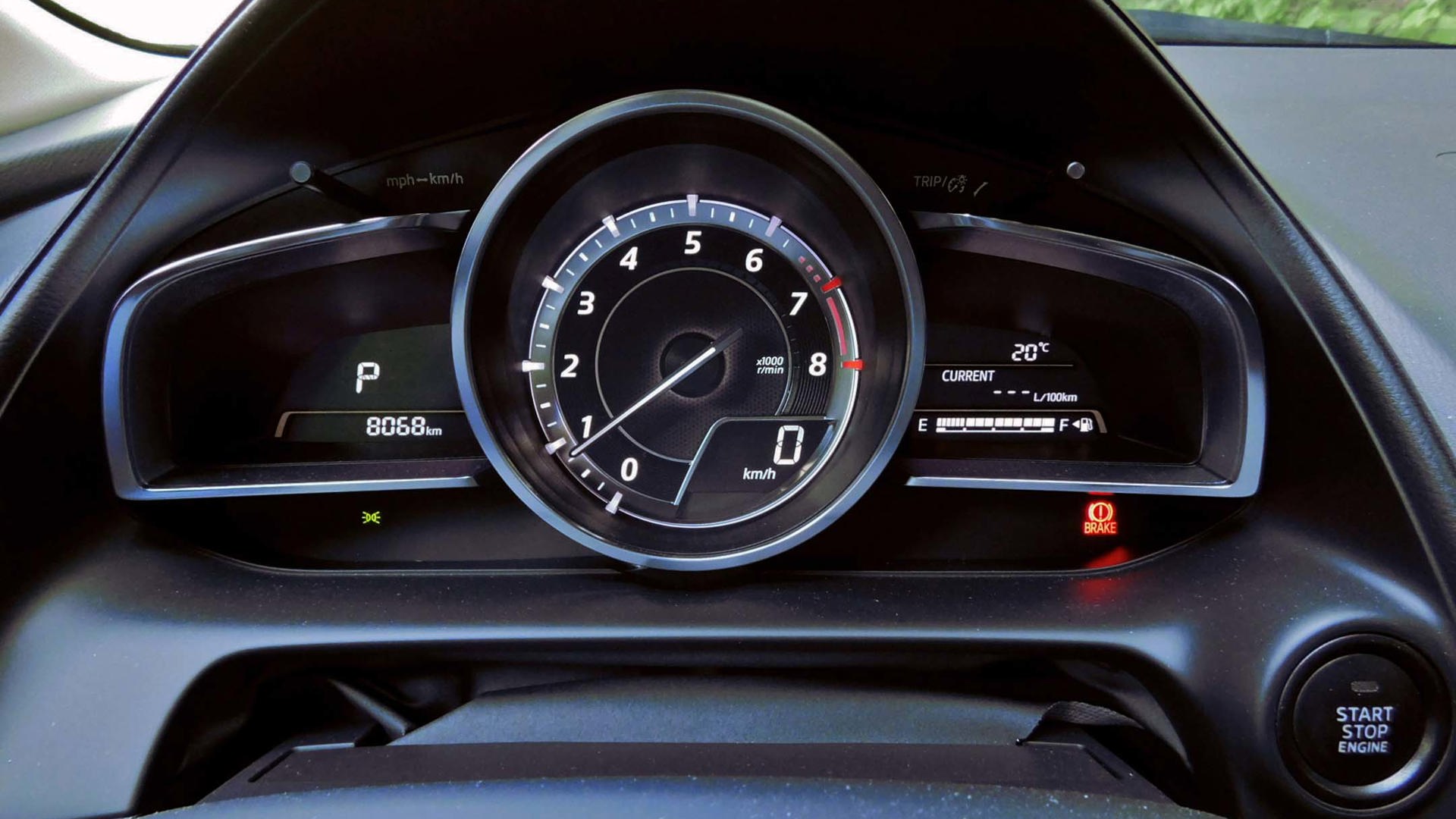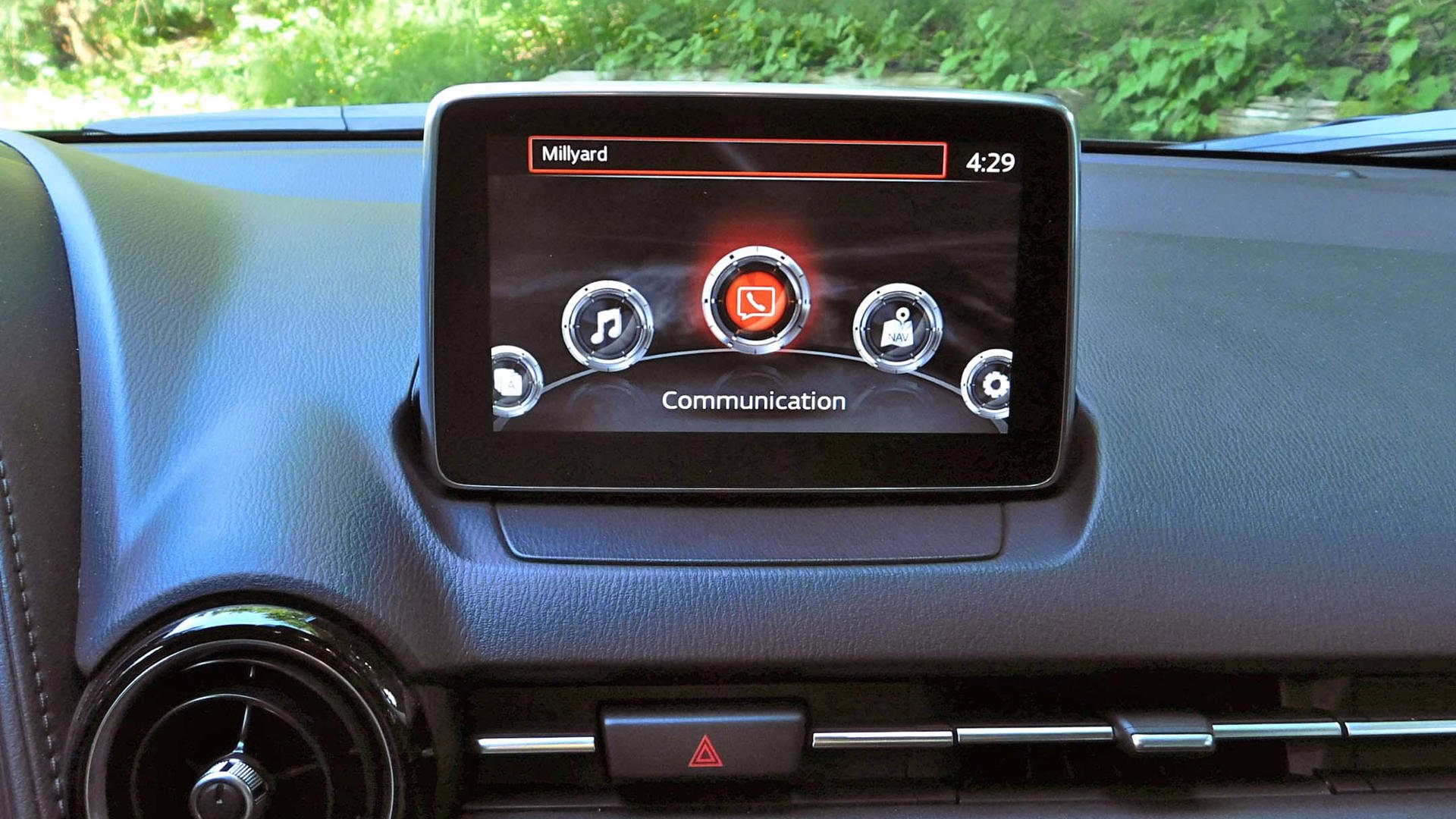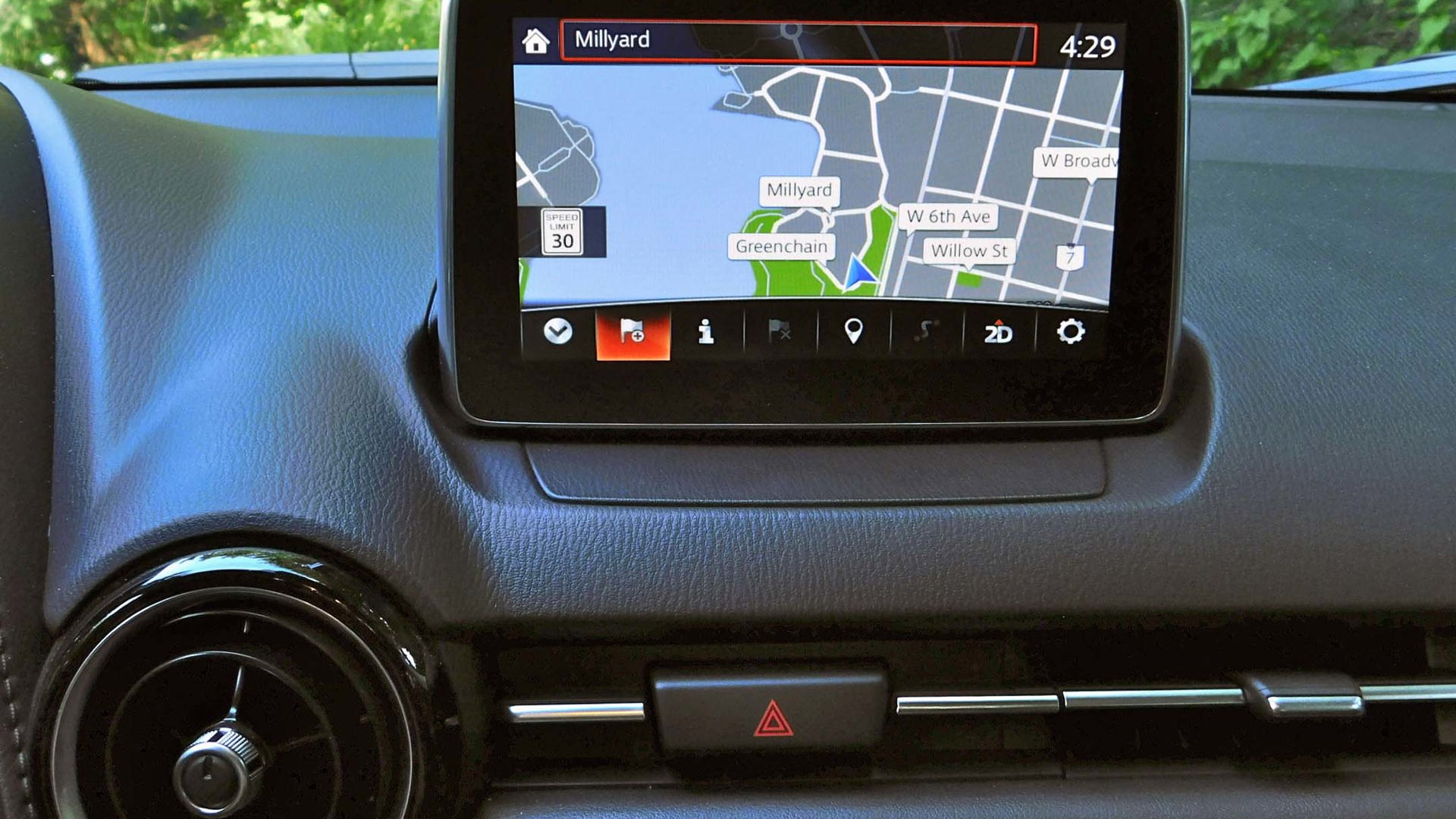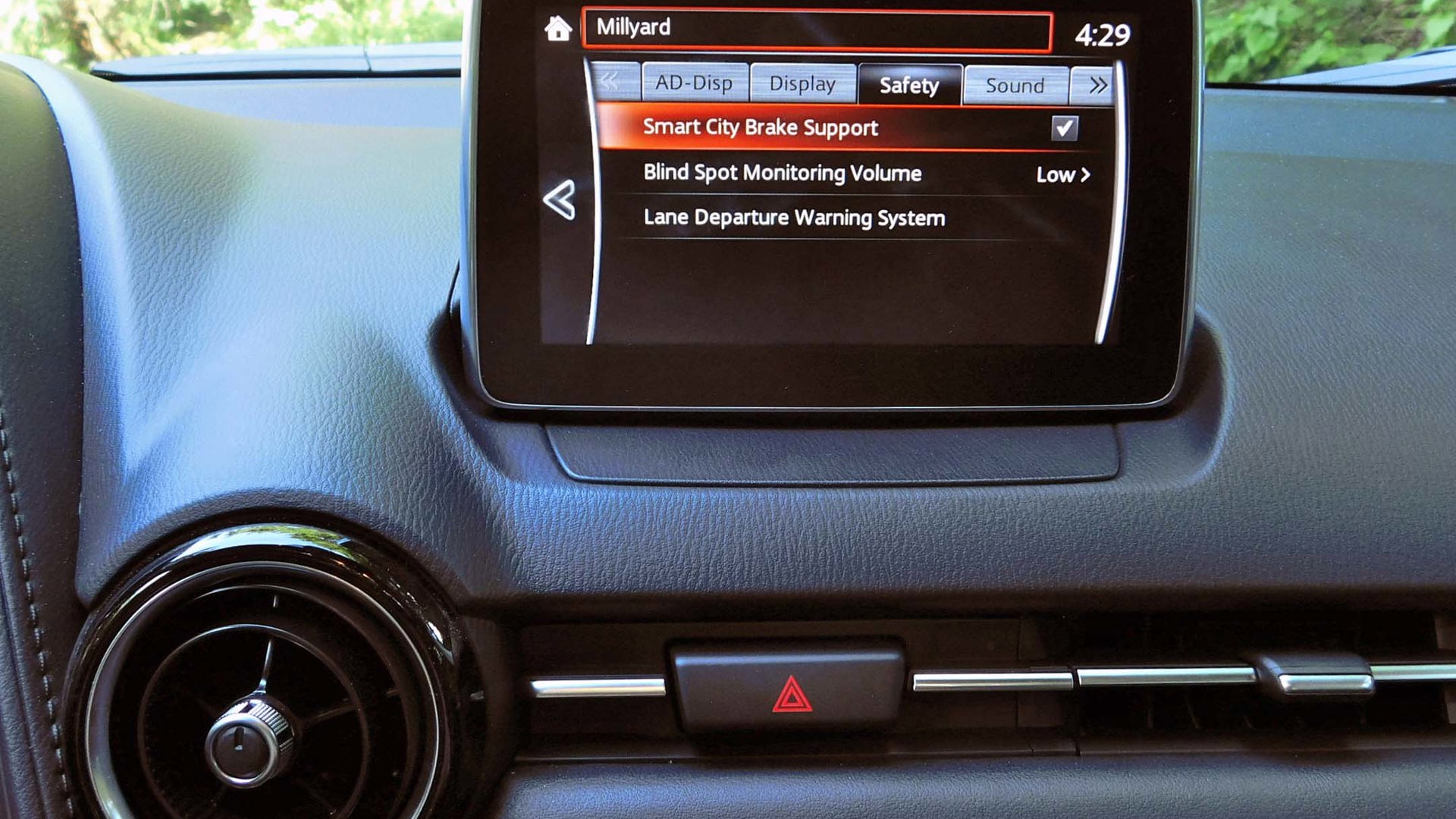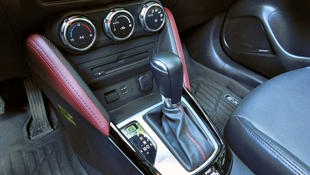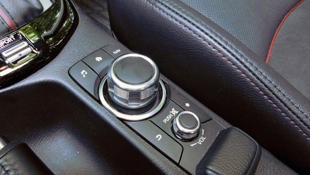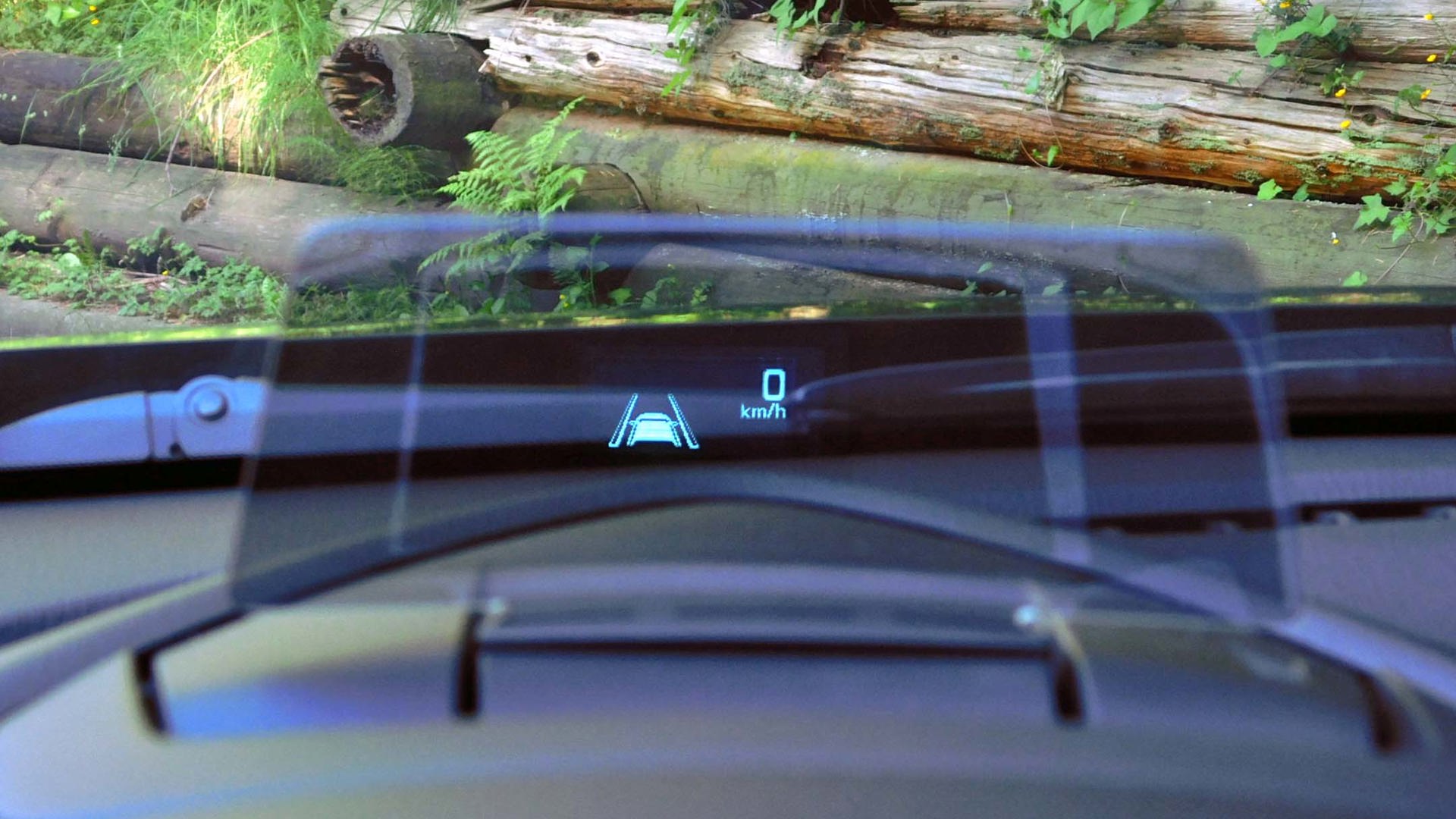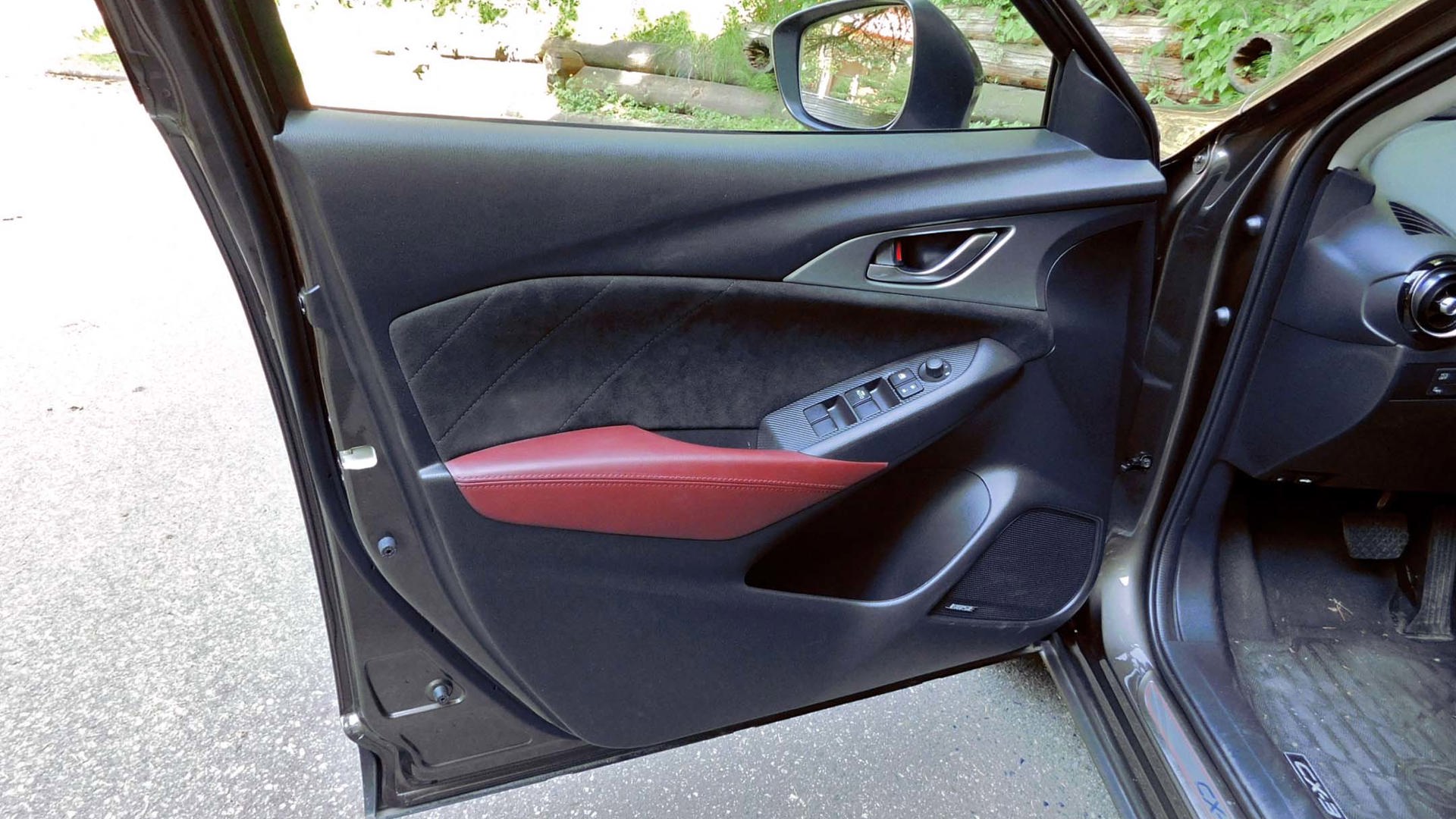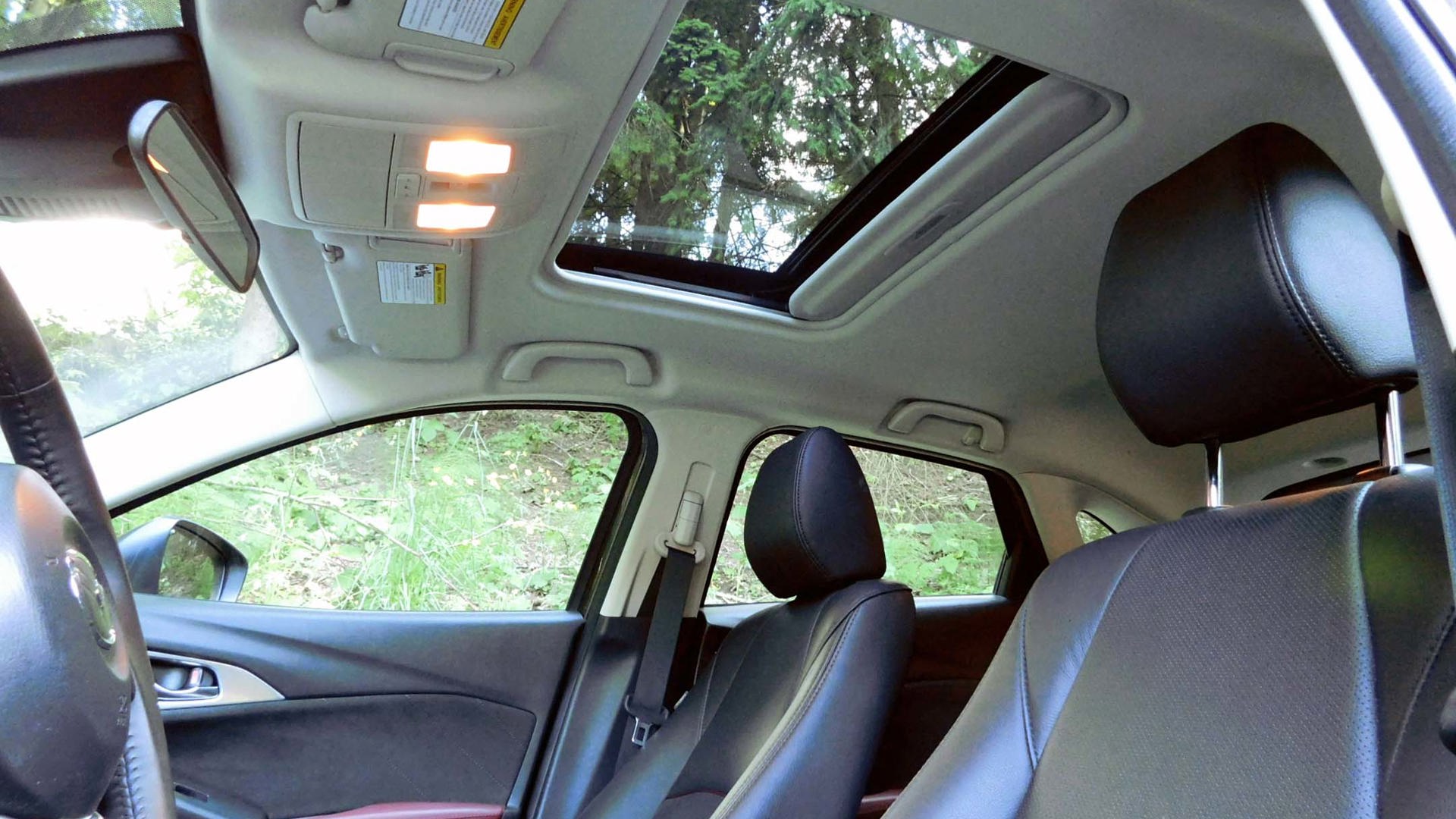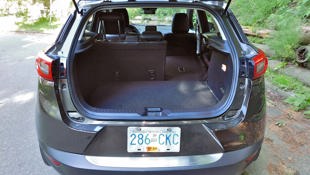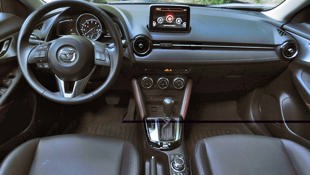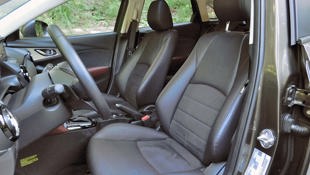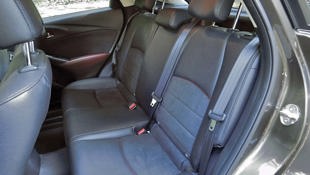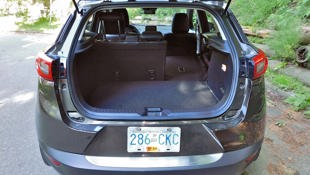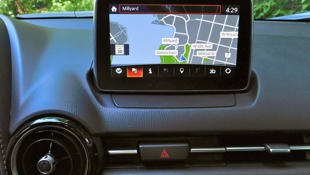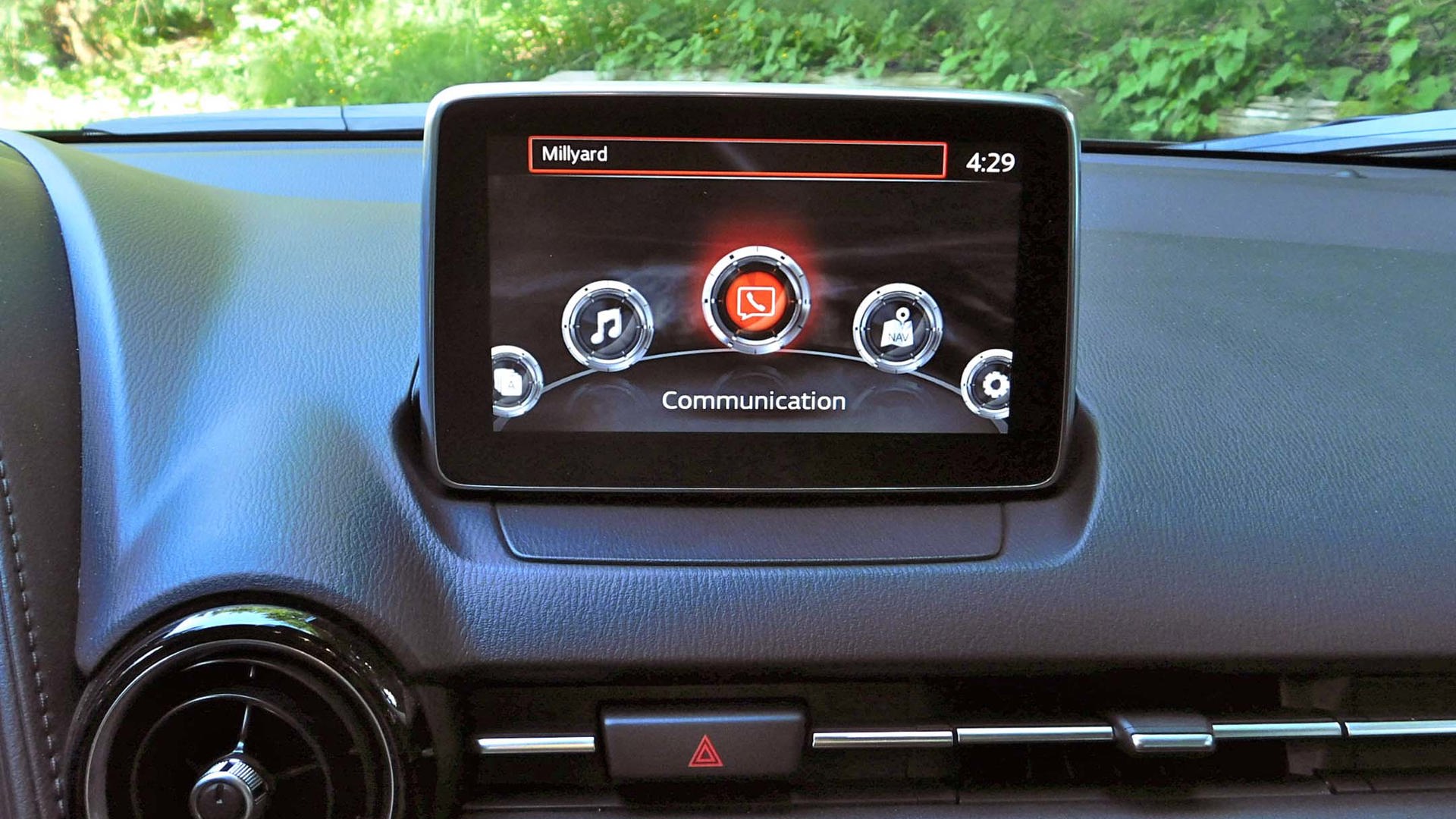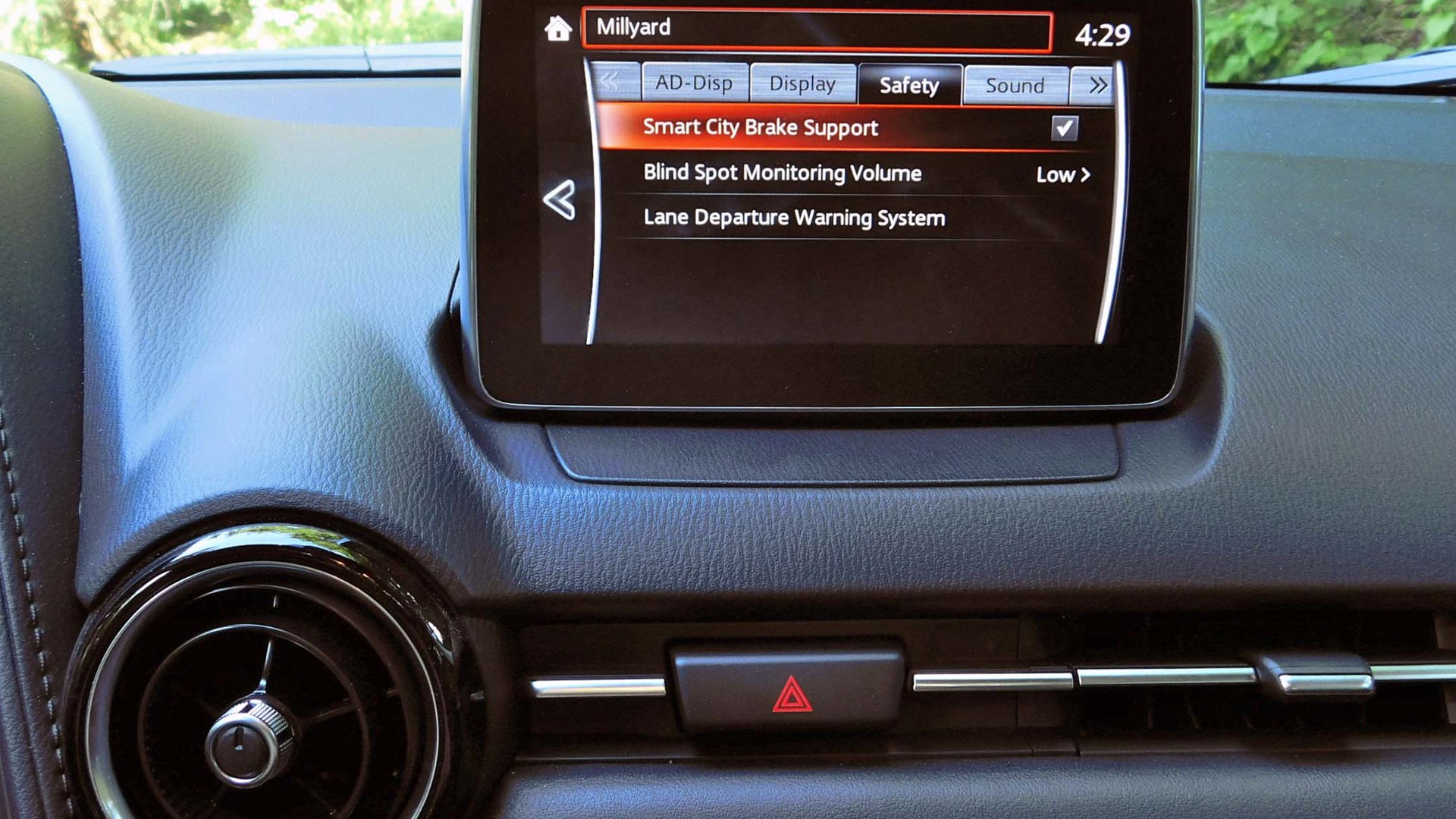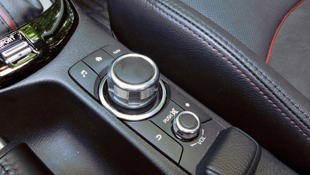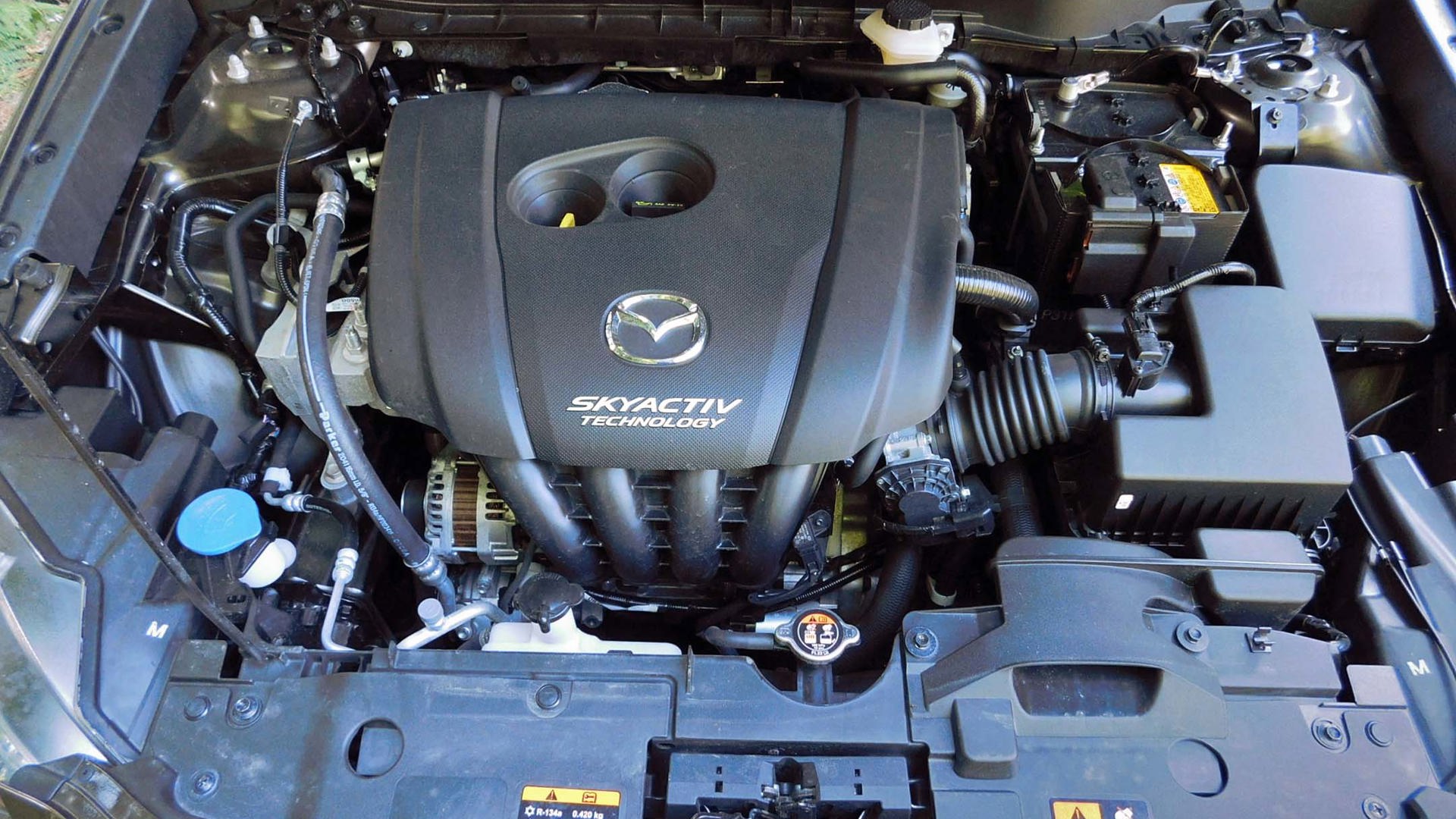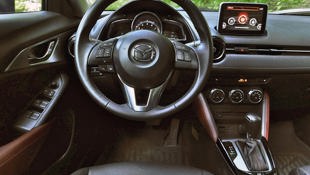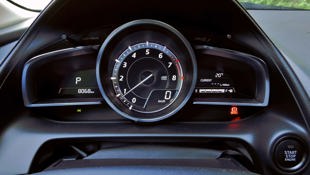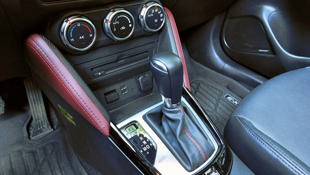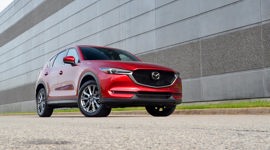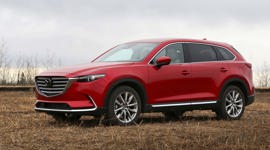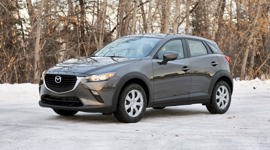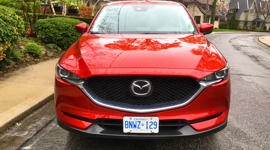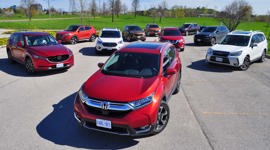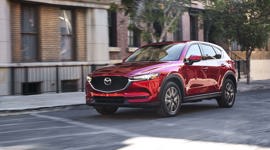 AutoTrader SCORE
AutoTrader SCORE
-
STYLING9/10
-
Safety8/10
-
PRACTICALITY7/10
-
USER-FRIENDLINESS7/10
-
FEATURES8/10
-
POWER7/10
-
COMFORT7/10
-
DRIVING FEEL9/10
-
FUEL ECONOMY7/10
-
VALUE8/10
Canadians love their small SUVs and crossovers, and even as sales of larger SUVs show signs of plateauing, the compact and subcompact segments continue to surge. Full-size models, led by Ford’s Expedition, showed modest sales growth early this year (up 4.9 percent in the first quarter of 2017 compared to the same period last year) but on very limited total numbers (2,842 vehicles for all manufacturers combined). Mid-size SUVs are more popular, selling a combined 42,792 vehicles in the first quarter of 2017, but this was down 1.7 percent from the same period in 2016. Meanwhile compact SUV sales surged by 15.2 percent, with 80,646 vehicles sold in the first quarter of 2017, and subcompact SUV sales grew by 9.8 percent with 13,292 vehicles sold.
A crossover that really does cross over
Mazda’s subcompact SUV challenger is the CX-3, introduced for 2016 and unchanged for 2017. It’s one of the top sellers in its class, a stylish and well-rounded little machine that makes it easy to see why the segment is so hot of late. Part of the reason for the CX-3’s particular success, I suspect, is because much like Subaru’s popular Crosstrek, the 2017 Mazda CX-3 is a crossover that really does cross over, seriously blurring the lines between the SUV and hatchback categories and successfully bringing the best of both worlds to the driver and passengers.
The CX-3 is based on the same platform as the Mazda2 subcompact hatchback (which is no longer available in Canada), but size-wise it’s actually midway between the Mazda2 and the Mazda3. The one place where it is noticeably smaller than the Mazda3 is the back seat, which has just 888 mm of legroom compared to the Mazda3’s 909 mm (shoulder room in the front is also tighter, but I found this less noticeable). In practice, I found that at 5'11" I could indeed “sit behind myself” in the CX-3 when the front seat was adjusted to my liking, but my knees were brushing the seatback, and if I was in for a long trip I’d likely be asking the driver to scootch their seat forward a notch.
In almost all other respects I found the interior to be thoroughly comfortable and easy to like. As can be expected in the segment, most of the surfaces including the dash topper and door uppers are made of rigid plastics, but they all look good and the fit and finish is impeccable. My GT trim test car made good use of stitched leather-look padding along the centre of the dash to create an upscale atmosphere, with contrasting burgundy padding on the door armrests and console sides. Add a splash of brushed metal on the door handle surrounds and some carbon-fibre look trim here and there, plus the GT trim’s very nice perforated leather-and-suede upholstery and you have a look that suggests a much higher price point that my GT test car’s $28,995 starting price.
The front seats are properly supportive and offer six-way manual adjustment for the driver and four-way adjustment for the passenger. The bolstering in my test car was just right for holding you in place during spirited driving, without hugging you too tightly. You can fit three across the back seat, which has 60/40 split folding capability. There’s 408 L of cargo room behind the rear seat, though I suspect this is without the cargo cover in place because it seemed smaller than that. Still, it’s big enough to hold a week’s worth of groceries for a small family, or a weekend’s luggage for two. There’s also a hidden space below the cargo compartment’s false floor, but I found it too shallow to be particularly useful. Fold the rear seats, however, and you get a truly practical 1,484 L of cargo capacity.
The only real miss in the interior is the lack of a centre armrest (there’s a pair of cupholders there instead), and it’s also worth noting that the CX-3’s pleasing exterior style comes at the cost of somewhat restricted outward visibility, especially rearward. Lastly – and this is really just a picky aesthetic detail – I’m still not 100 percent sold on is the GT’s slightly awkward head-up display: I do like the convenience and practicality of having speed and other information displayed in the driver’s line of sight, but I prefer systems that project the information seamlessly onto the windshield glass, rather than Mazda’s flip-up plastic display panel solution.
Creature comforts are taken care of with standard-equipment air conditioning (upgraded to automatic climate control in GT trim cars), tilt-and-telescoping steering wheel, keyless illuminated entry, push-button start, cruise control, and power windows.
In terms of tech, all CX-3s including the $20,695 base model come with a 7.0-inch display touchscreen infotainment system with AM/FM radio, MP3 compatible CD player and Mazda Connect connectivity. All trims levels also get Bluetooth connectivity that supports SMS text messaging, Aha and Stitcher radio functionality, a pair of USB ports, auxiliary input, and console-mounted HMI (human-machine interface) controller.
The GT trim adds to this list of standard equipment with an upgraded Bose seven-speaker audio system (the standard system uses six speakers), voice-activated navigation system, power moonroof, leather-wrapped steering wheel, head-up active driving display, heated front seats, LED fog lights, adaptive LED headlights and rain-sensing wipers. My test car was also fitted with a $1,500 Technology Package that includes automatic low-speed emergency braking (dubbed Smart City Brake Support), lane-departure warning, blind-spot monitoring system, rear cross-traffic alert, automatic high-beam control and Sirius satellite radio.
Overall I found the infotainment system to be relatively easy to use, although it can be a bit slow to respond at times, and it took me forever to figure out the navigation zoom controls. Zooming turned out to be easy – you rotate the console-mounted controller knob as expected – but you can’t do this when the navigation control buttons are showing, so if they’re visible then you first you need to touch the screen to hide the buttons – a bit of a gotcha for those of us who like as much information as possible to be displayed when we’re fiddling around with the navigation. Another gotcha is the lack of retained accessory power: it’s bad enough that your music shuts off when you stop the CX-3’s engine, but I didn’t expect it to cut my Bluetooth phone connection mid-sentence.
Power for the CX-3 comes from a 2.0L inline four-cylinder engine that develops 146 hp at 6,000 rpm and an exactly matched 146 lb-ft of torque starting way down at 2,800 rpm. A crisp-shifting six-speed automatic transmission delivers the power to the front wheels in base trim, or optionally to Mazda’s i-Activ intelligent on-demand all-wheel-drive system, which can predictively transfer up to 50 percent of available to the rear wheels even before the front wheels start to slip. GT models include AWD as standard, but with fine weather for the duration of my test drive I didn’t get a chance to test it out.
I was able to test the CX-3’s acceleration, which is reasonably sprightly (if not exactly fast) at about nine seconds from zero to 100 km/h. During normal driving the transmission upshifts early, taking advantage of the abundant low-end torque to deliver the best possible fuel economy, but there’s a Sport button if you prefer to throw economy to the wind and give the car a significantly more eager, fast-on-its feet feel (although because Sport mode holds the revs higher, it brings out a bit of buzziness in the engine).
I left my test car in normal mode most of the time, netting me an impressive mixed-driving fuel consumption of 7.3 L/100 km over the week (my worst economy was 13.6 L/100km during some exclusively city driving in Sport mode). Official fuel consumption figures for the CX-3 are 8.8 / 7.5 L/100km city/hwy, and my test car was showing a long term average of 8.8 L/100 km on its trip computer when I picked it up.
Like the Mazda2 on which it’s based, the CX-3 has a MacPherson strut independent front suspension and a torsion beam rear suspension. The latter isn’t the most sophisticated setup available, but Mazda’s engineers have done a good job with the chassis tuning, giving the CX-3 crisp and confidence-inspiring road manners while retaining a comfortable ride. It’s no small praise to say that it drives and corners like a much lower-slung vehicle.
Lastly, but by no means least, the CX-3 does an excellent job protecting its occupants, with good ratings across the board in IIHS crash tests. Combined with the available active safety features, this earns the CX-3 a coveted IIHS Top Safety Pick+ rating.
The subcompact SUV segment has expanded rapidly in the past few years, with Honda’s practical-minded HR-V (starting from $20,265) and Toyota’s style-oriented C-HR (starting from $24,690) joining early arrivals like the Mitsubishi RVR (starting at $21,698) and the funky Nissan Juke (starting at $20,698). Mazda’s CX-3 is perhaps the most well-rounded of the group, and with competitive pricing starting at $20,695 and topping out just over $30,000 it’s a must-see contender for anyone who’s shopping for a subcompact SUV.
| Engine Displacement | 2.0L |
|---|---|
| Engine Cylinders | I4 |
| Peak Horsepower | 146 hp @ 6,000 rpm |
| Peak Torque | 146 lb-ft @ 2,800 rpm |
| Fuel Economy | 8.8/7.5/8.2 L/100 km city/hwy/cmb |
| Cargo Space | 408 L/1,484 L seats down |
| Model Tested | 2017 Mazda CX-3 GT |
| Base Price | $28,995 |
| A/C Tax | $100 |
| Destination Fee | $1,895 |
| Price as Tested | $32,490 |
|
Optional Equipment
$1,500 – Technology Package $1,500
|
|
